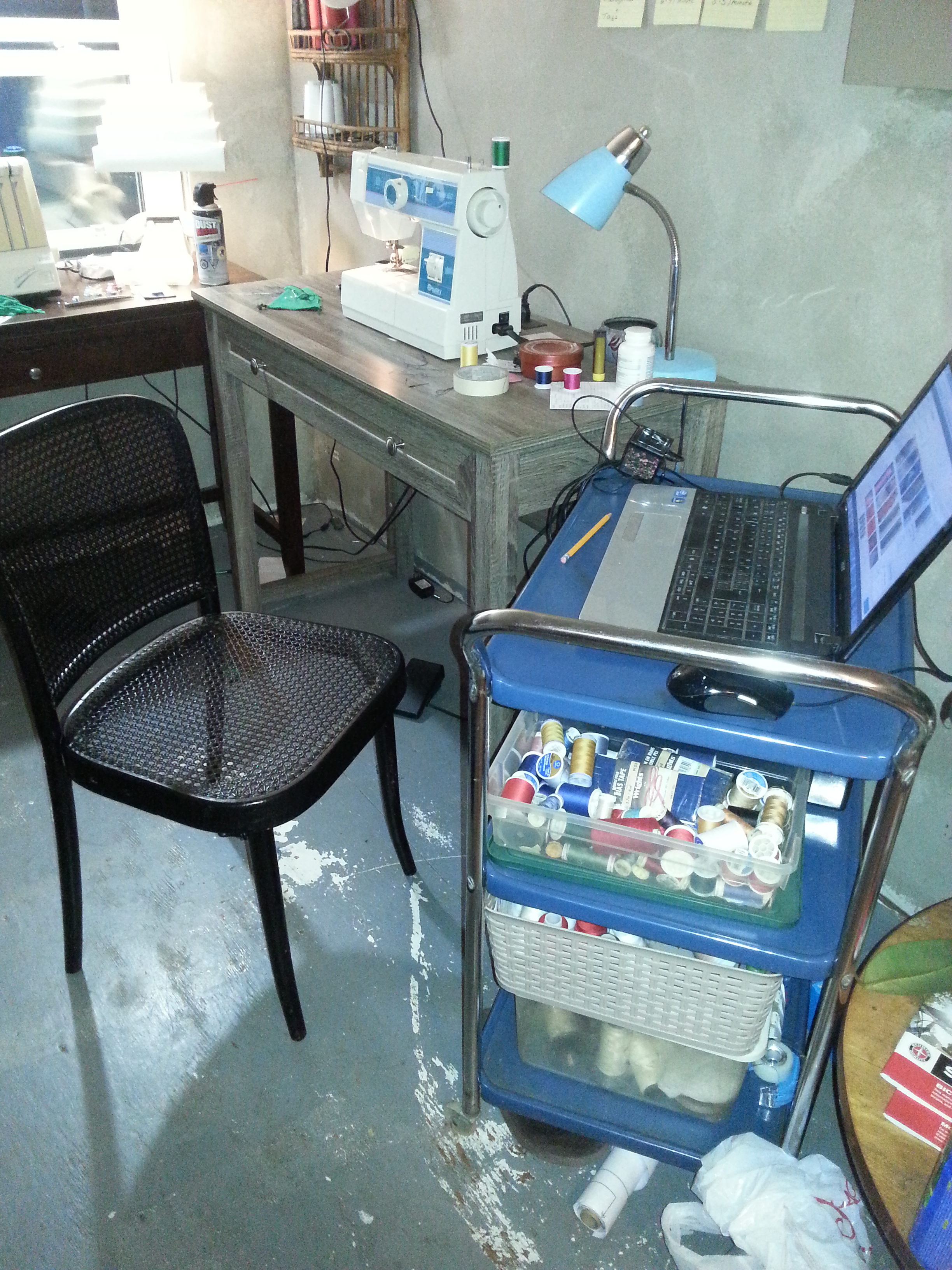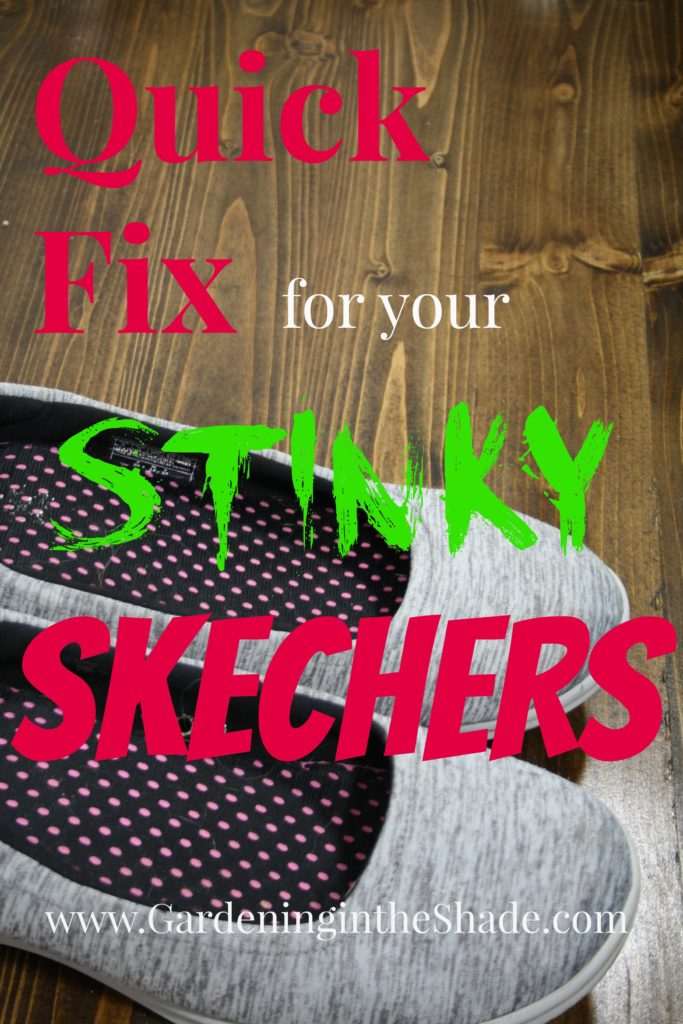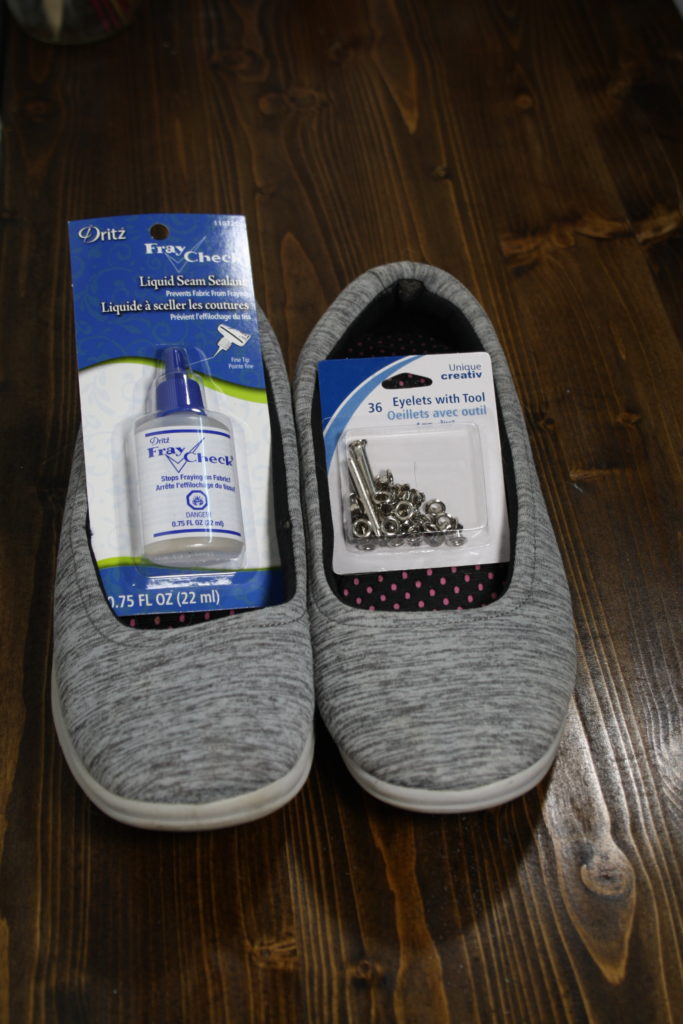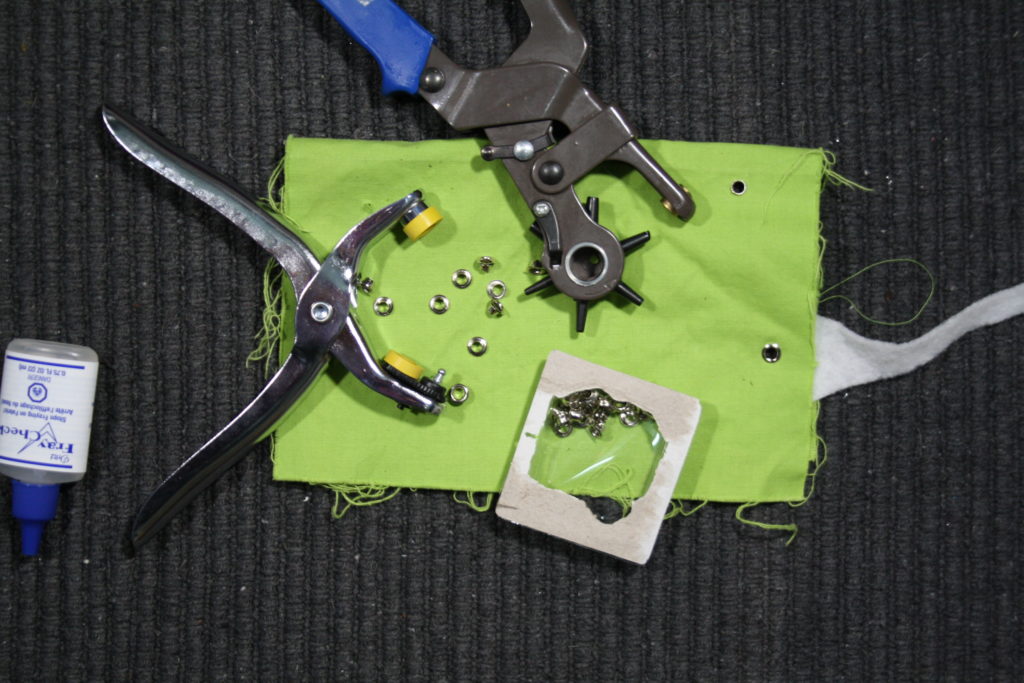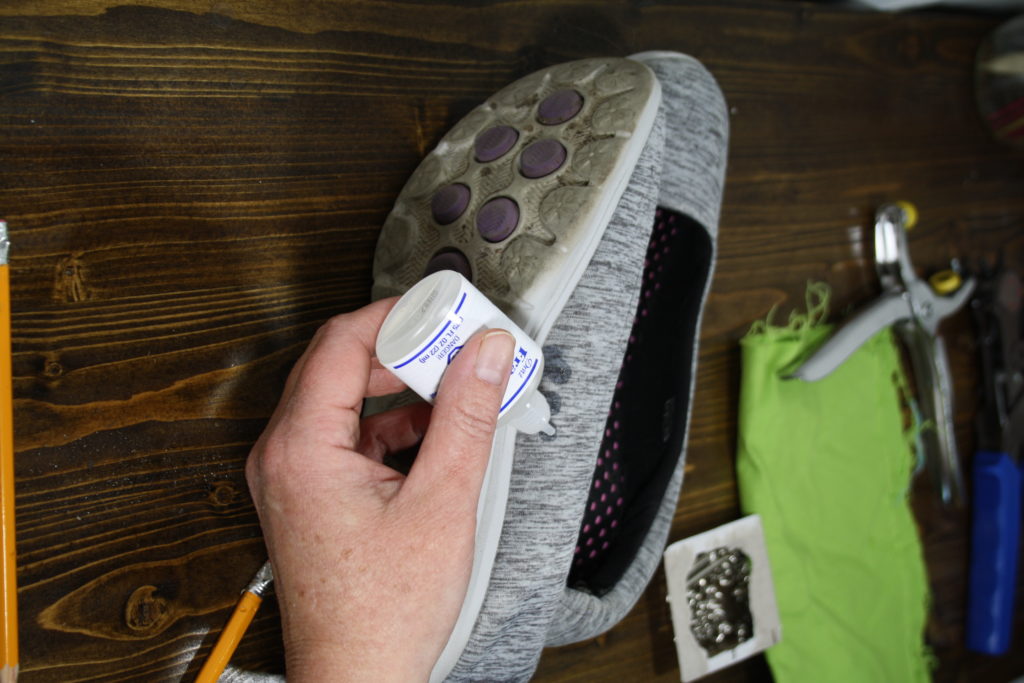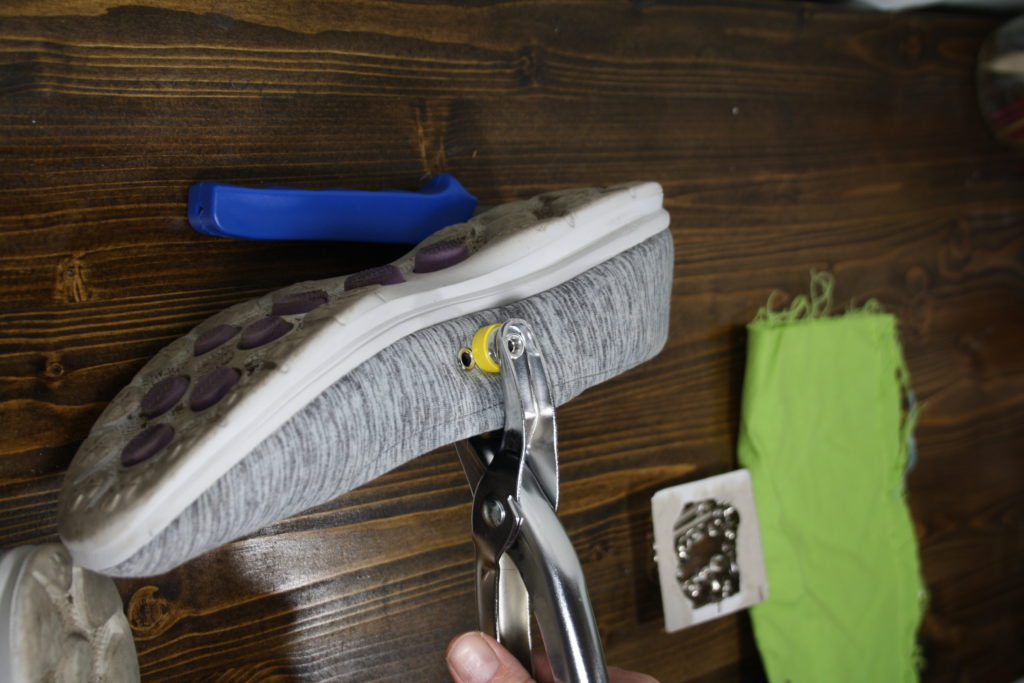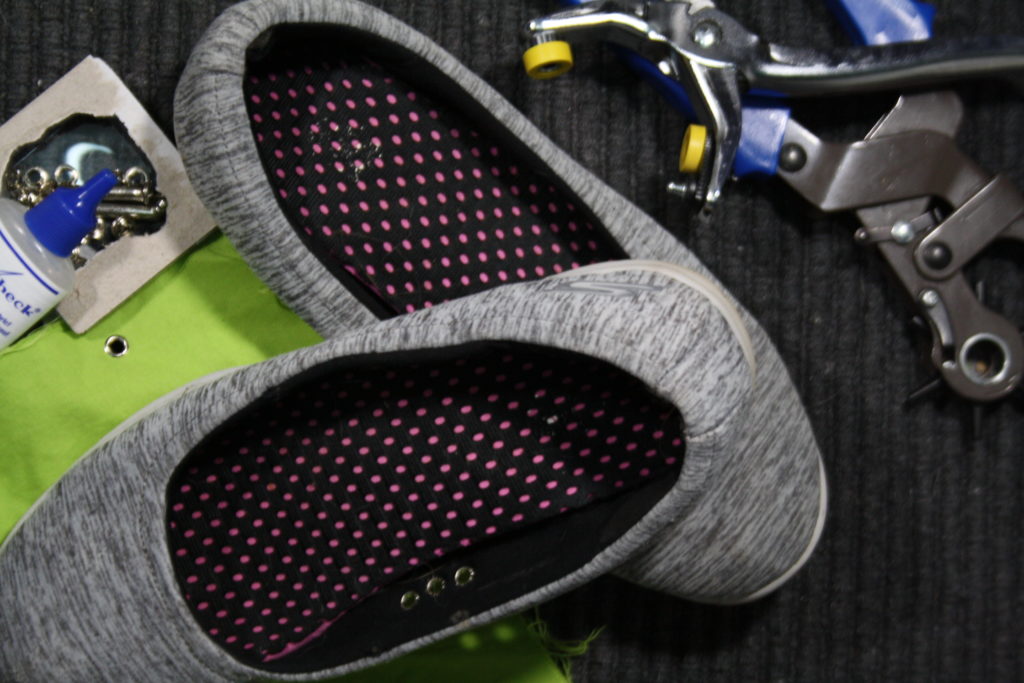What do you do when you want to have a hummingbird feeder for every hummingbird, but you’re a little bit cheap? You get out your glue gun and DIY some feeders!
I’ve had my hummingbird feeders out since early April because I was determined to not miss their arrival like I have every other year. They showed up on May 1st and have been busy sipping nectar and chasing each other away ever since. I have 3 feeders out already plus the oriole feeder, but I wanted a couple more to really spread them around the yard. This is how I made my DIY spice jar hummingbird feeder.
Materials for Hummingbird Feeder:
- Spice Jars – I got mine at the dollar store, three for $2.00
- Twine
- Silk Flowers – Try for red or deep pink
- Ribbon Trim
- Yellow paint
- Glue Gun
- Drill & Drill Bit – I used a 3/16 bit
- Hole Punch
Make the Hummingbird Feeder
Step One:
Tighten the lids onto the jars and mark the location for the holes. I placed mine so that when the jar is tilted it would be towards the bottom. Next drill the holes in the lids. The center part is a brittle clear plastic, so go slow or it will crack.
Step Two:
Pull your silk flowers apart, removing the plastic centers. Glue all the layers together with your hot glue gun.
Step Three:
Glue your ribbon trim around the lid.
Step Four:
Punch a hole through the silk flowers.
Then glue the flower to the lid, lining up the hole in the flower with the hole in the lid.
Step Five:
Paint the center of the flower yellow.
And there’s your Hummingbird Feeder finished! Now to make the macrame hanger.
Make the hanger for your Hummingbird Feeder
Step One:
To start you will need 8 lengths of twine 72″ or 6′ long.
Fold them in half to find the center.
Make a knot as shown. This is the top of your hanger. You should now have 16 strands of twine.
Step Two:
Section out 4 strands of twine. We will only be using square knots for this hanger.
Cross the left strand over the center two strands and under the right strand.
Then cross the right strand under the center two, and pull it up through the loop you made with the first strand.
Next pass the left strand under the center two and over the right strand.
Bring the right strand over the center two, and through the loop on the left. That’s your first square knot.
Repeat until you have 6 knots on this section of 4 strands. Do the same for the remaining 3 sections.
Step Three
For the next step, you will take a center and an outside from two adjacent sections.
Using those 4 strands, make a single square knot 6″ down. Repeat for the remaining 3 sets.
These instructions will make a hanger that measures approximately 12″ from the hanging loop to the bottom of the hummingbird feeder and an 8″ tassel at the bottom. If you prefer a longer hanger, you would add the length in this step. For each inch you add to the length, you will need to add 2″ to the length you cut your twine at.
Step Four:
It is easier to work the rest of the hanger if you can hang it on something while you are working. Then next knots are 2″ below the last ones. You will need to use a center strand and outside strand from 2 adjacent groups again.
Repeat for the remaining 3 groups. You should start to see the netting form.
Step Five:
The last set of knots are 1″ down. Switch up your groups again as you did in the previous steps.
Step Six:
Gather all the strands together and knot. Test fit your Spice Jar Hummingbird Feeder to make sure it’s secure. Once everything is good, trim your tassel to the length you want and you’re done.
Fill your Hummingbird feeder!
Fill your feeder with nectar to the rim as shown. You can make your own nectar with 1 part white sugar to 4 parts water. Use only white sugar, anything else can make hummingbirds sick. There’s no need to add color, the flower should catch their attention – hopefully.
Like this:
Like Loading...
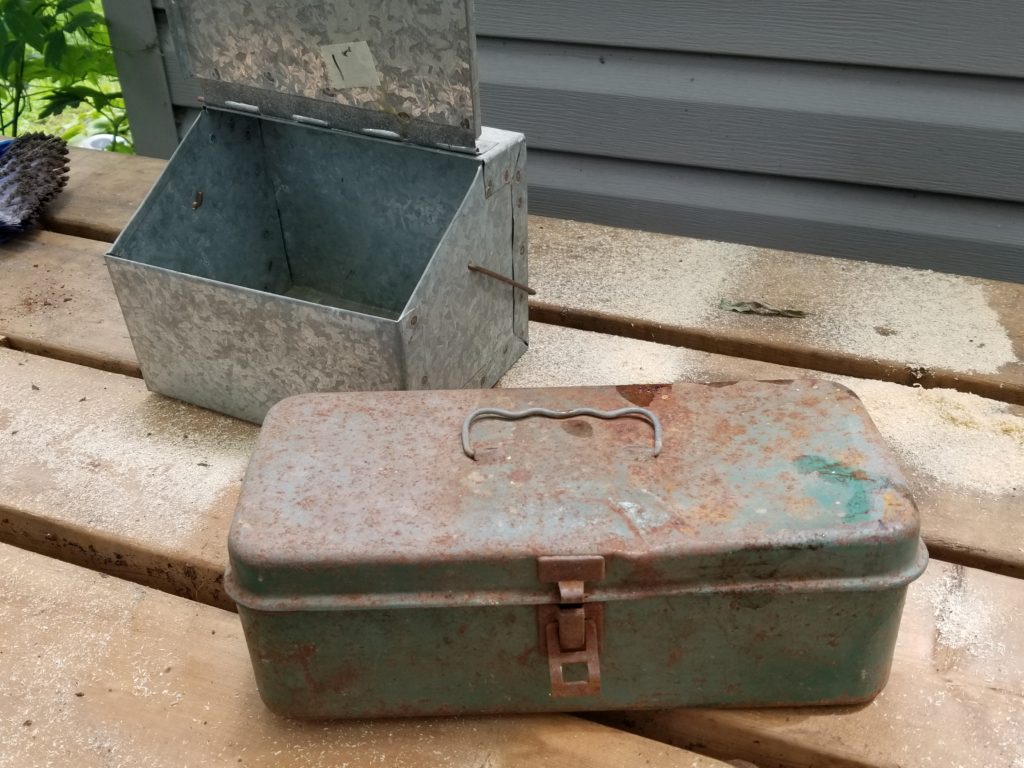 I mentioned a trip to Picker’s Pig Pen in my last post, what I didn’t mention was this fabulous old tool box. It was exactly what I was hoping to find. It has just the right amount of rust and it’s perfectly battered. One of the cutest succulent planters I’ve seen on Pinterest is an assortment of succulents in an old tool box. I needed a tool box so I could reproduce that planter with mini Hosta!
I mentioned a trip to Picker’s Pig Pen in my last post, what I didn’t mention was this fabulous old tool box. It was exactly what I was hoping to find. It has just the right amount of rust and it’s perfectly battered. One of the cutest succulent planters I’ve seen on Pinterest is an assortment of succulents in an old tool box. I needed a tool box so I could reproduce that planter with mini Hosta!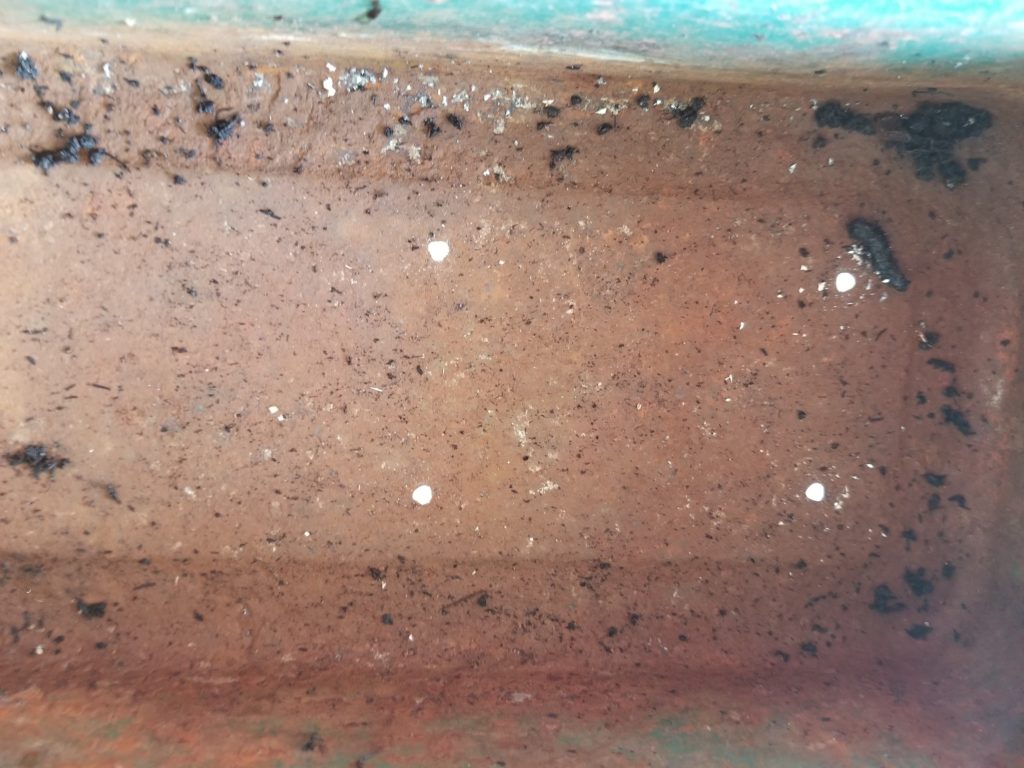 Both metal boxes were cleaned up and I drilled drainage holes in them with a drill bit meant for metal. When you are drilling in metal it helps to have some wood underneath that you don’t mind drilling into. There still might be some burrs, but the holes turn out much neater.
Both metal boxes were cleaned up and I drilled drainage holes in them with a drill bit meant for metal. When you are drilling in metal it helps to have some wood underneath that you don’t mind drilling into. There still might be some burrs, but the holes turn out much neater.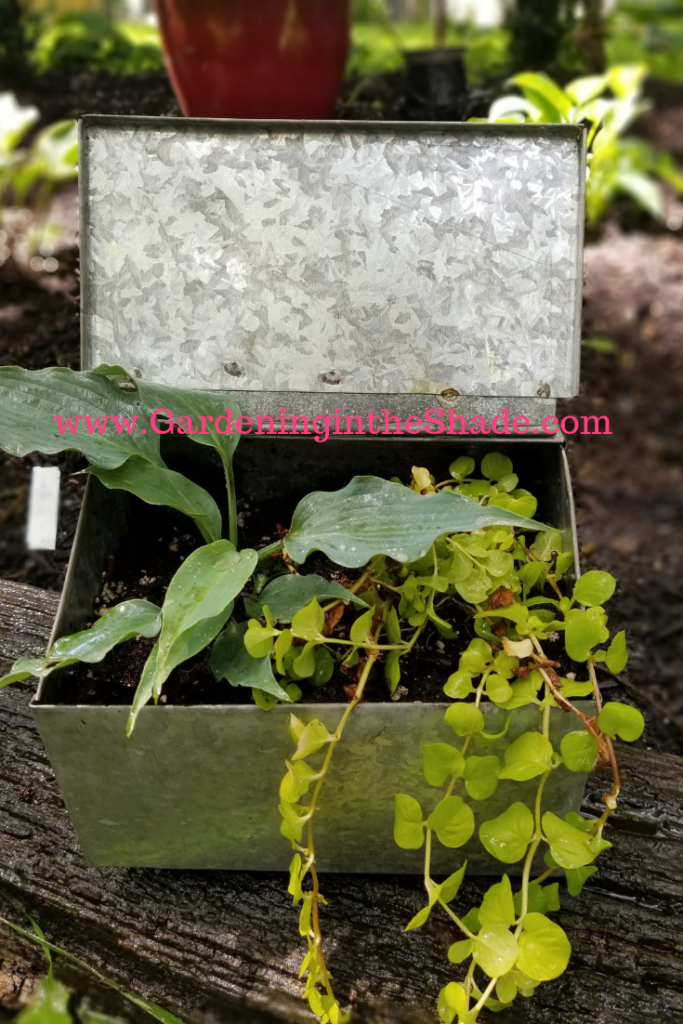
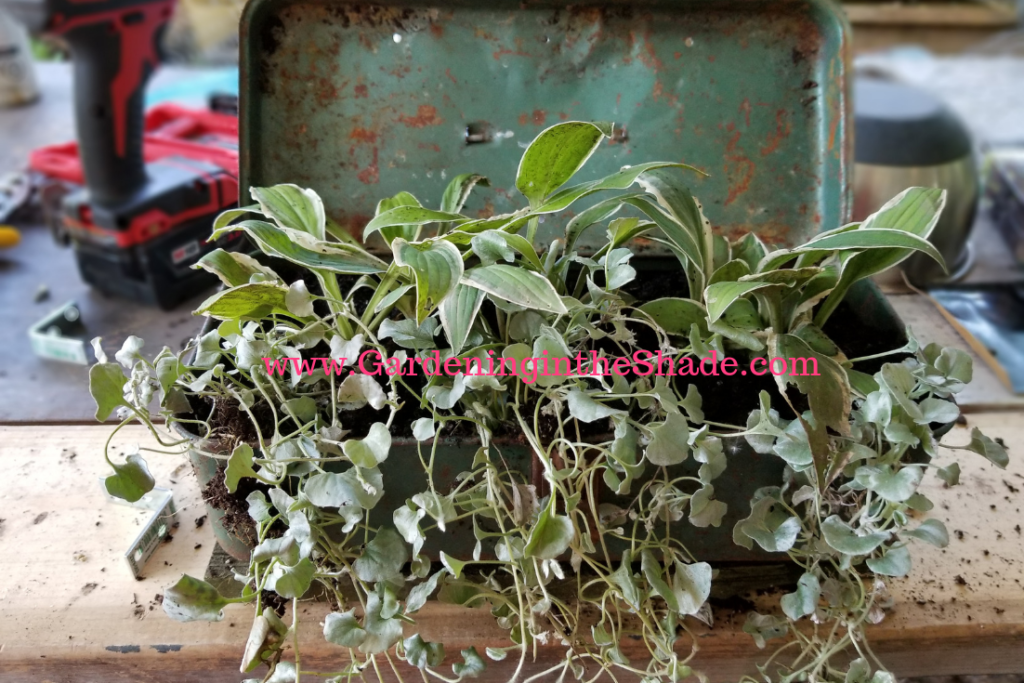
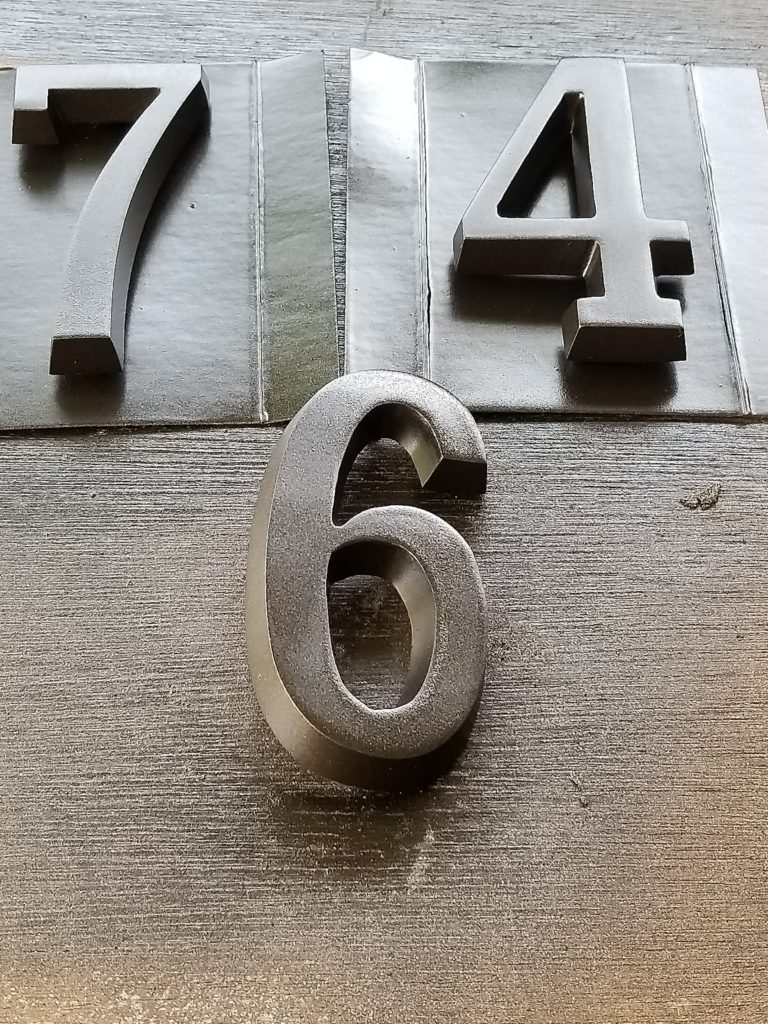
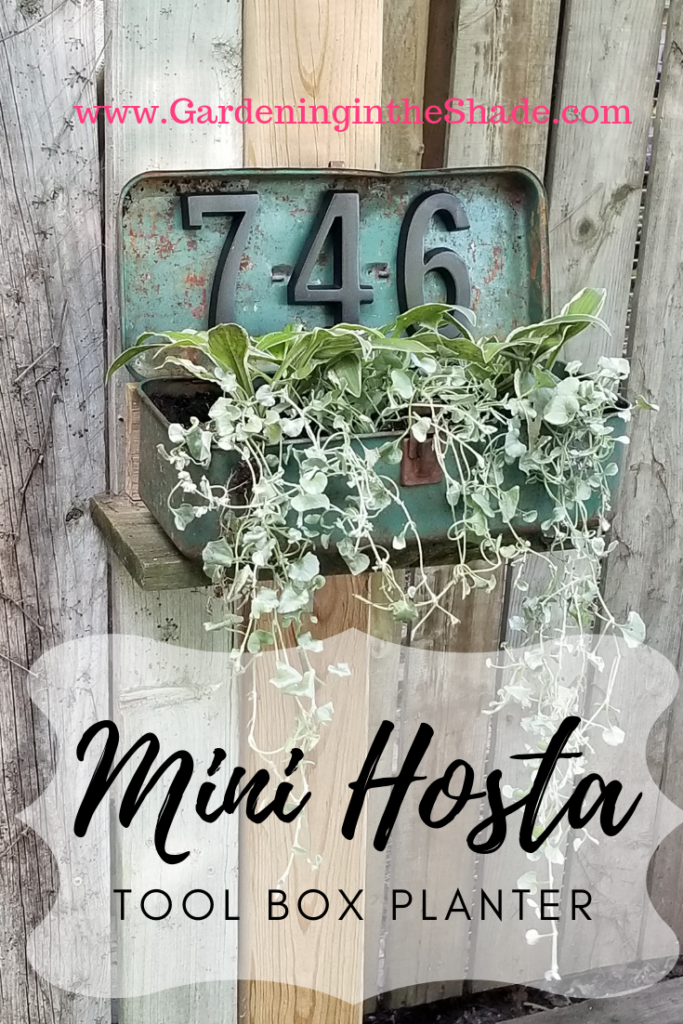

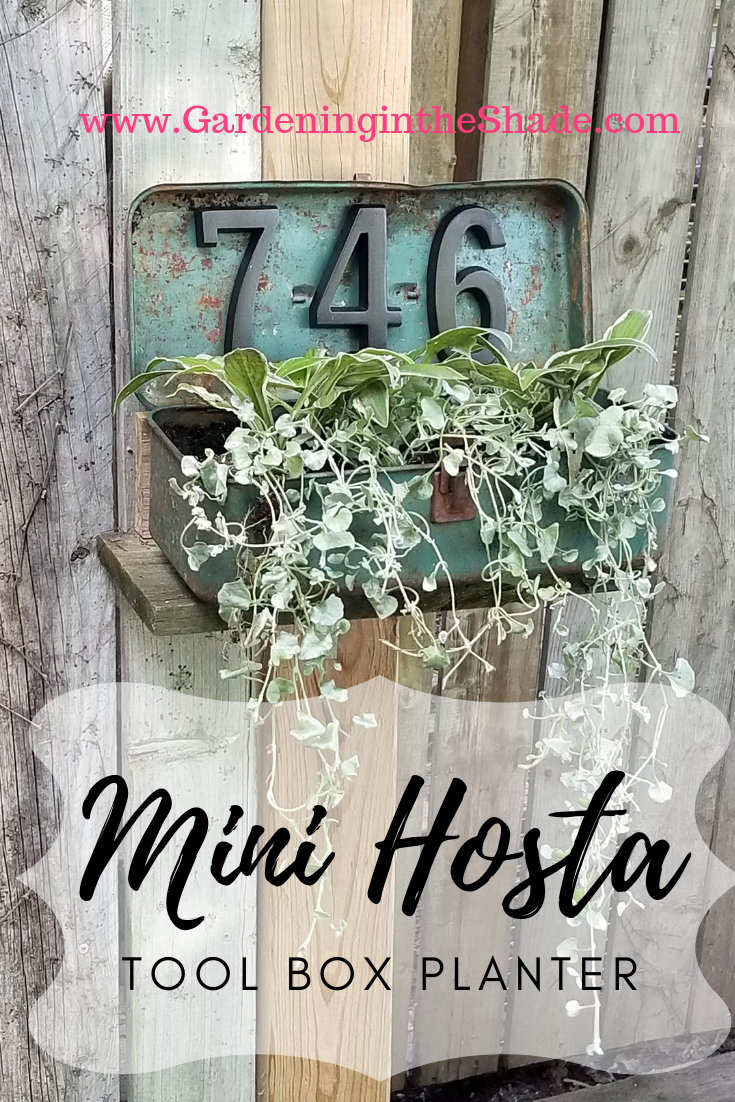
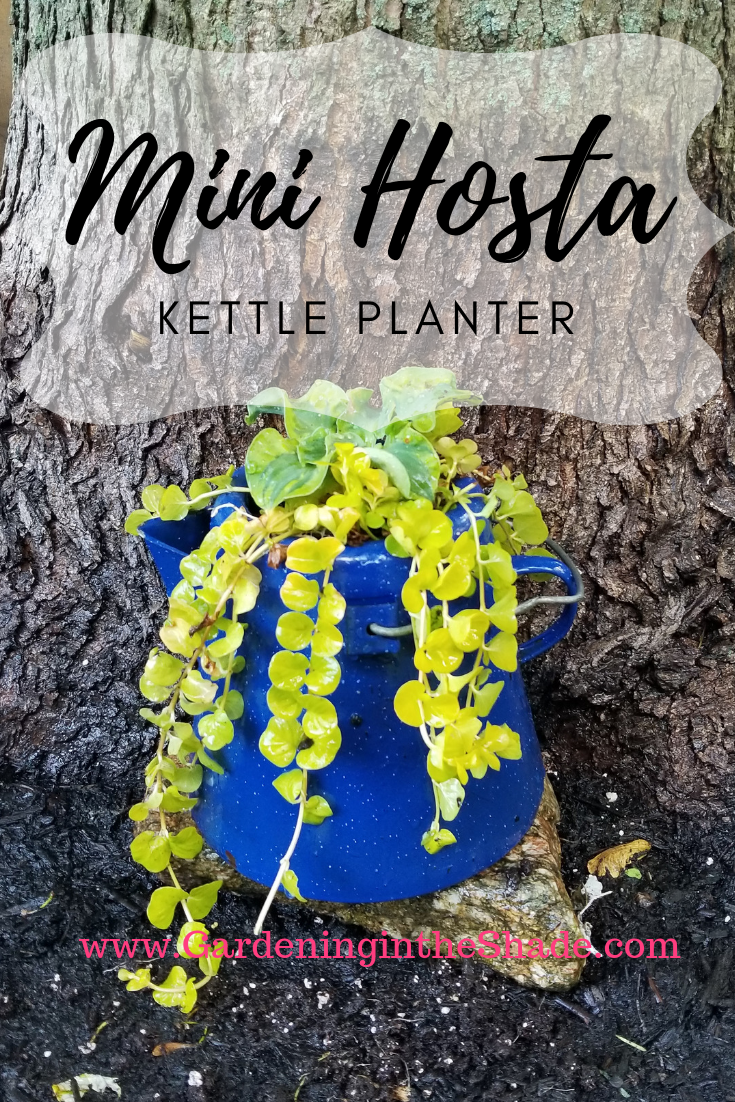
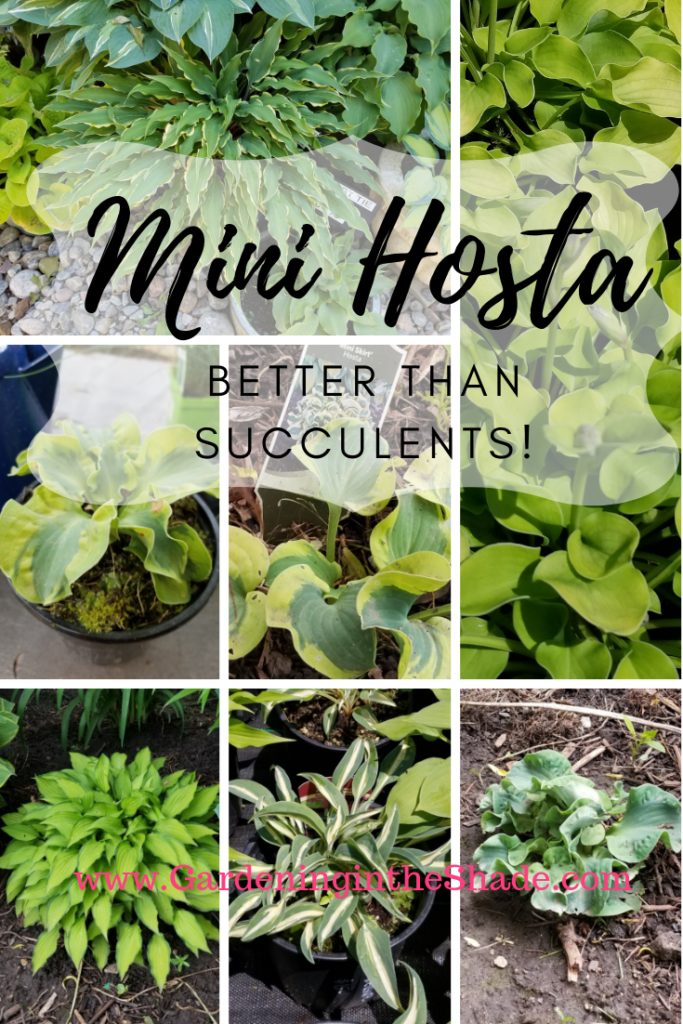 They come in blue, green, yellow, and all kinds of variegated combinations. Some are really tiny and some are just small, leaves might be long and narrow or short and round.
They come in blue, green, yellow, and all kinds of variegated combinations. Some are really tiny and some are just small, leaves might be long and narrow or short and round.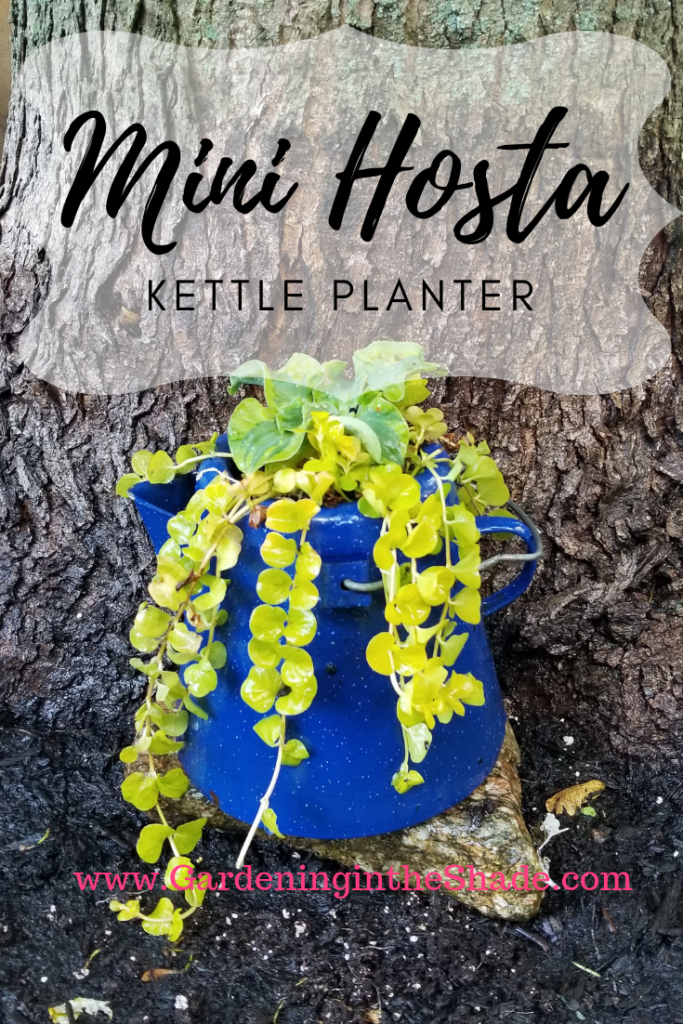
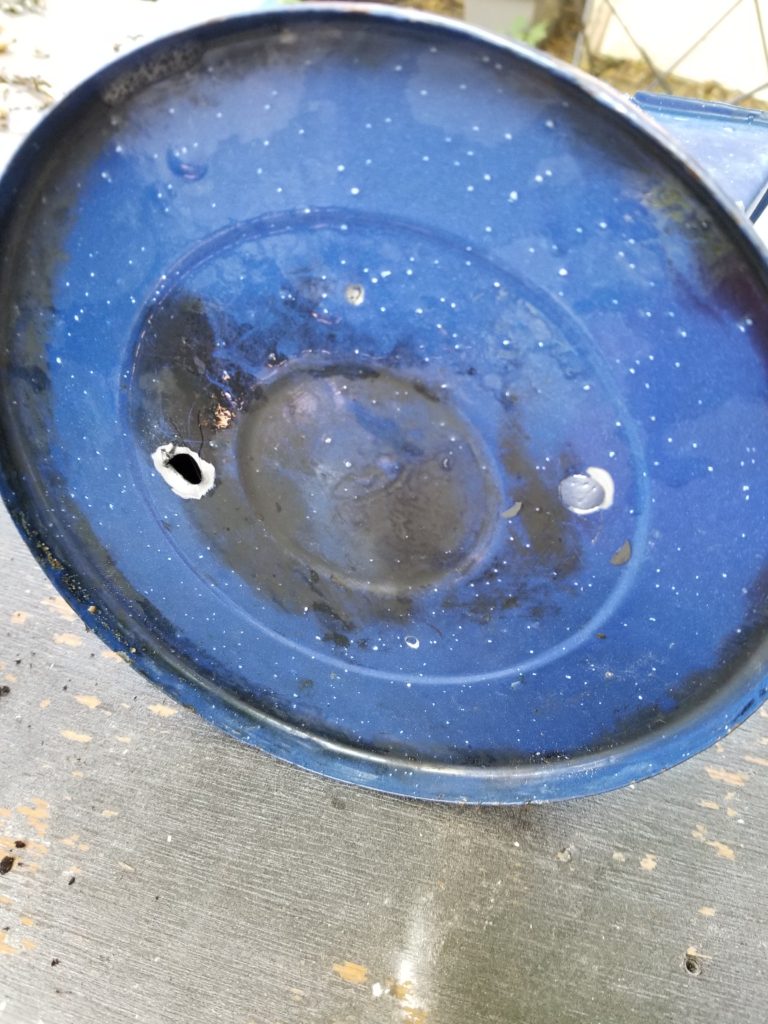
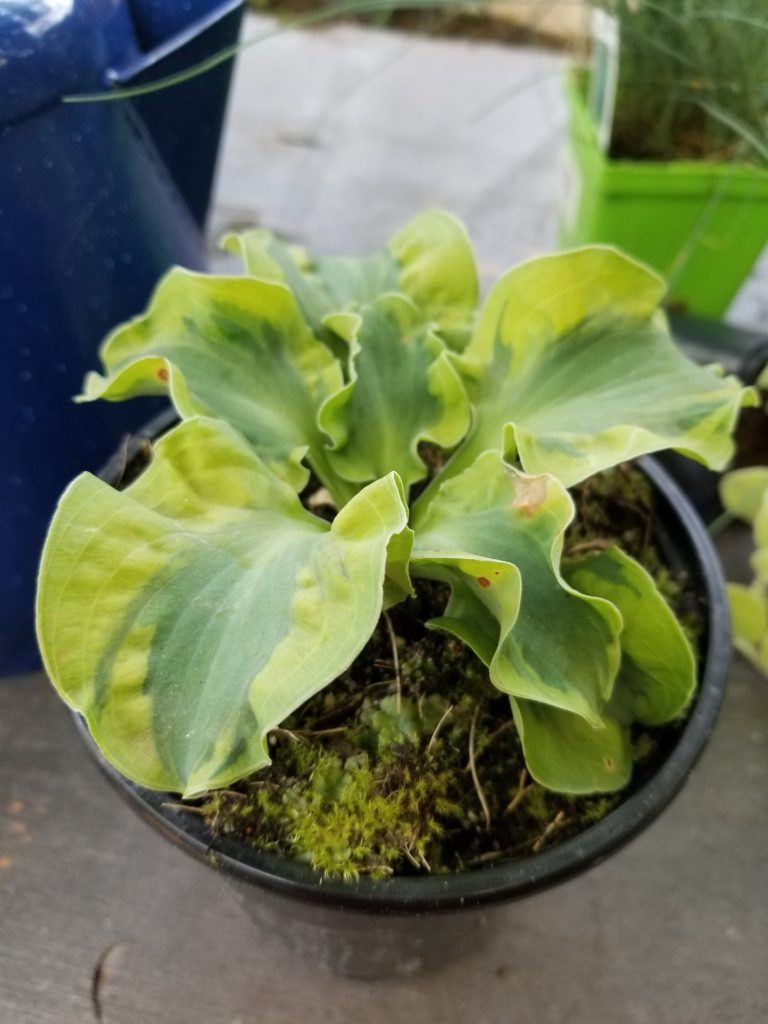
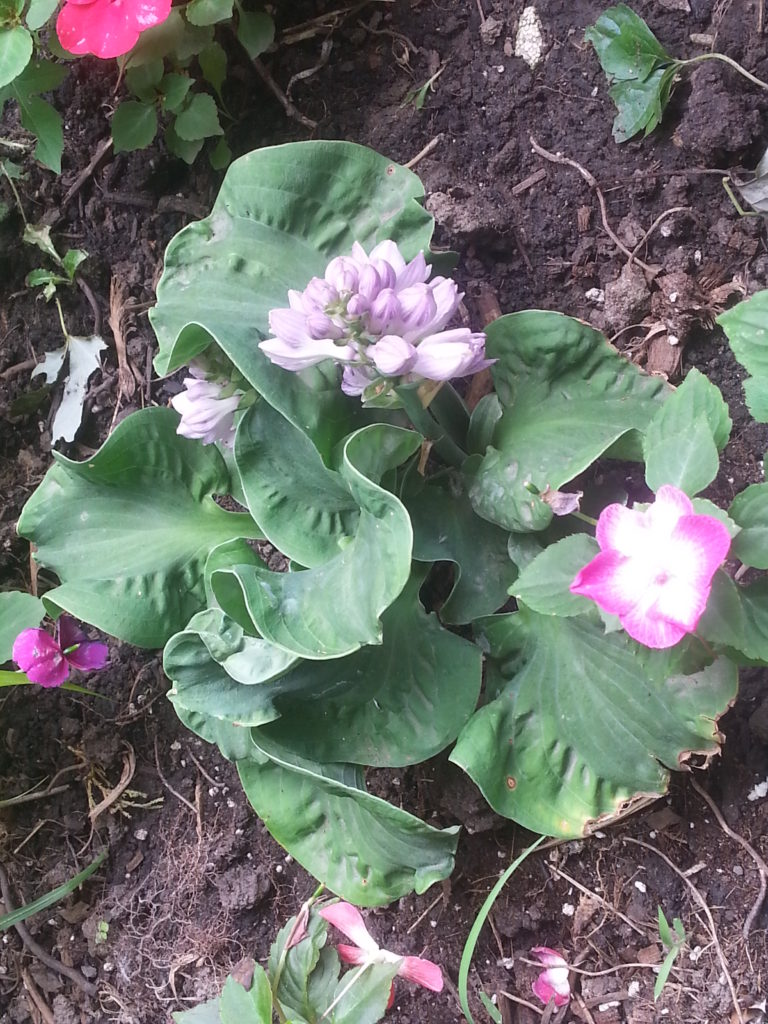 School Mouse was an impulse buy, but notice how similar it is to ‘Church Mouse’? I love those ruffled twisty leaves.
School Mouse was an impulse buy, but notice how similar it is to ‘Church Mouse’? I love those ruffled twisty leaves.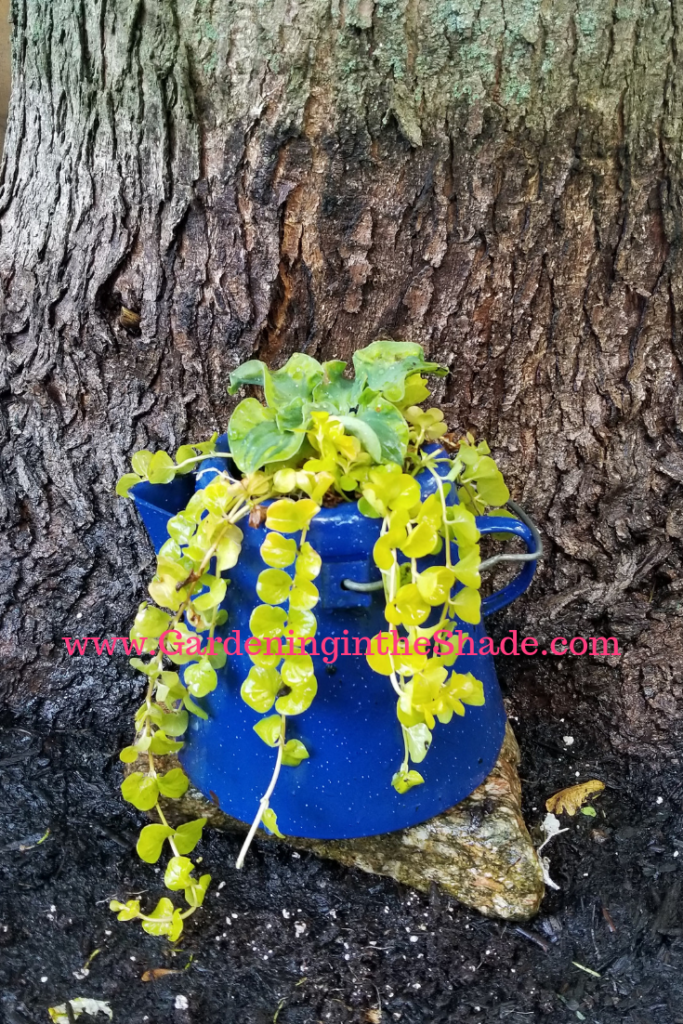

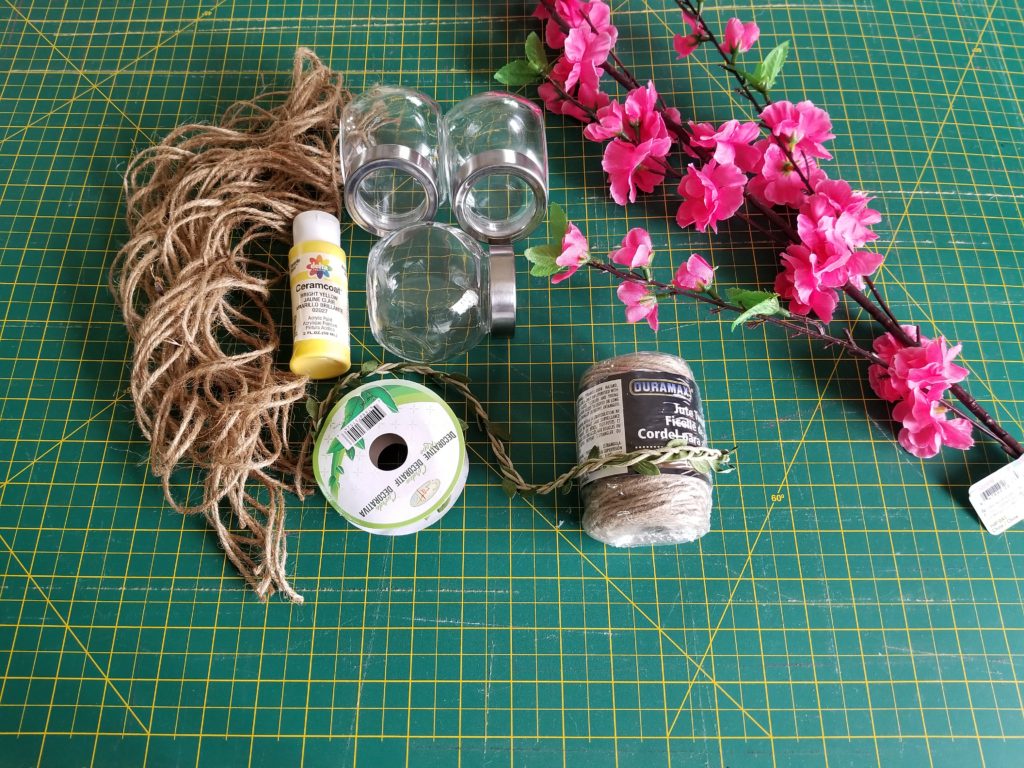
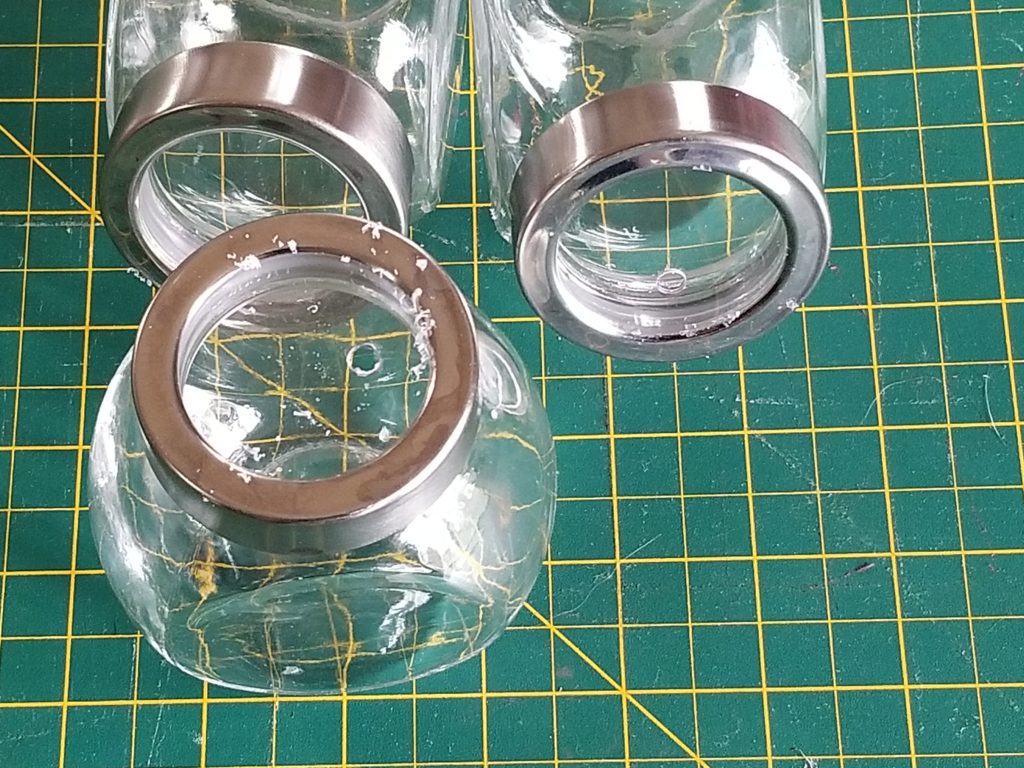
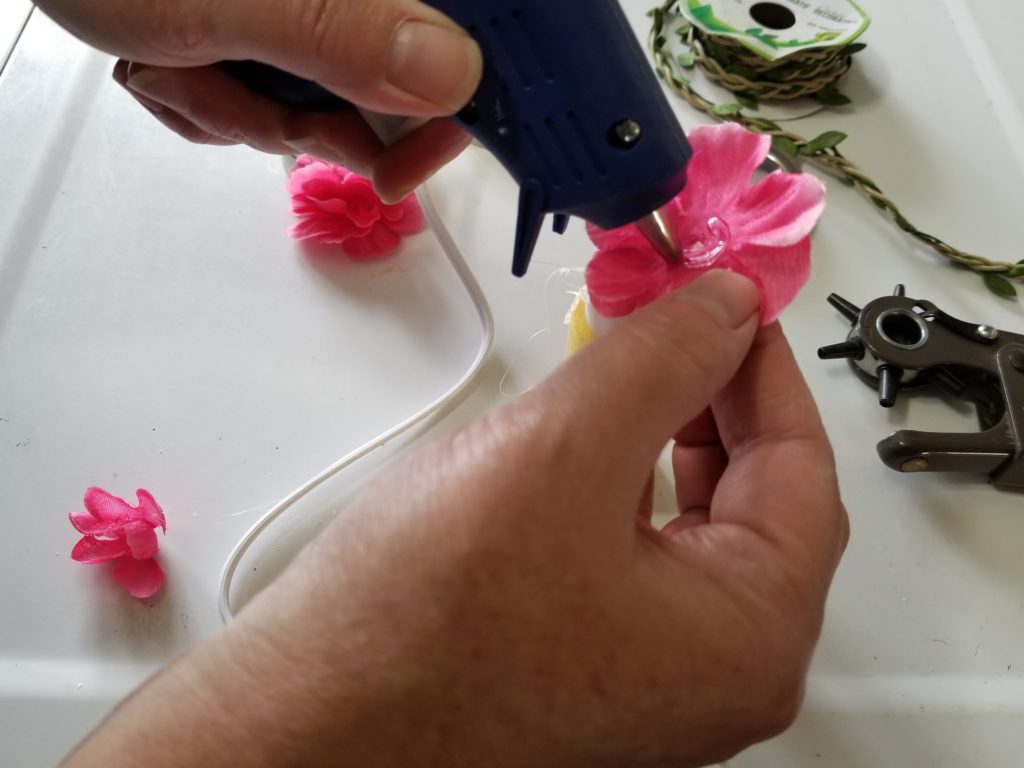
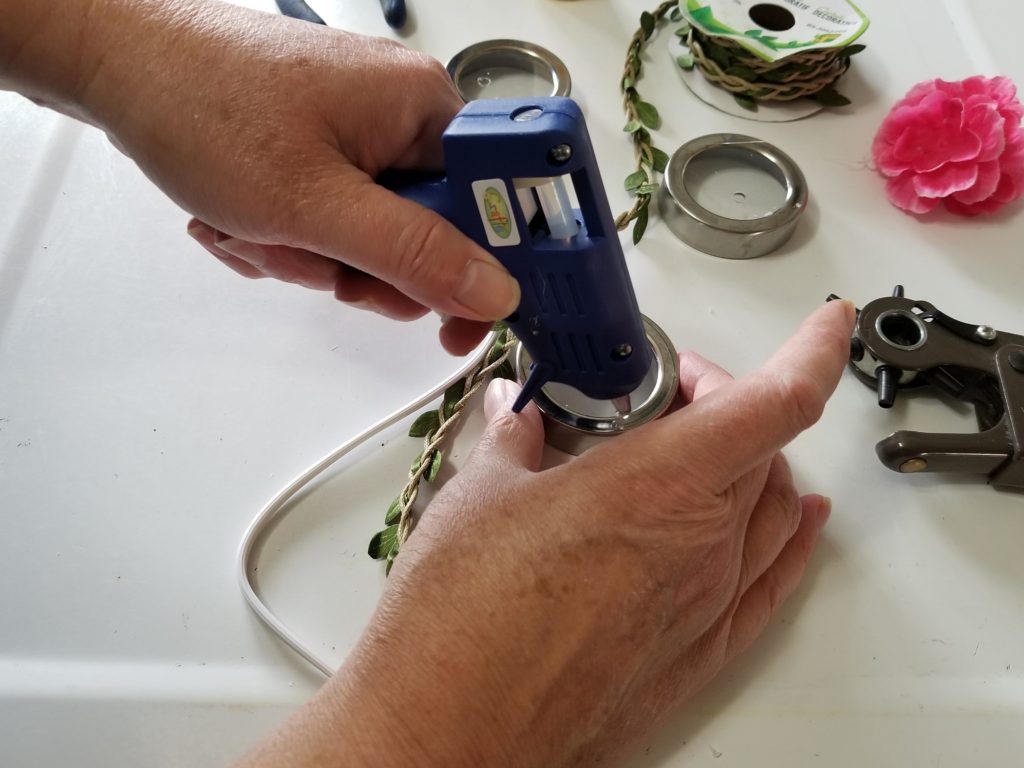
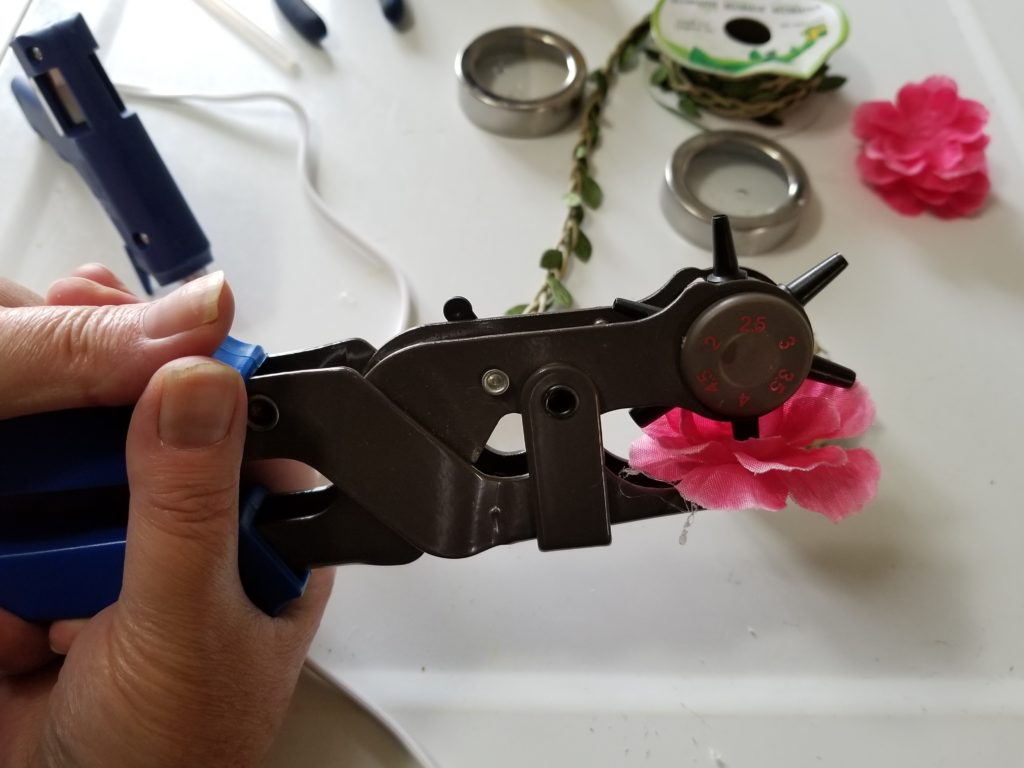
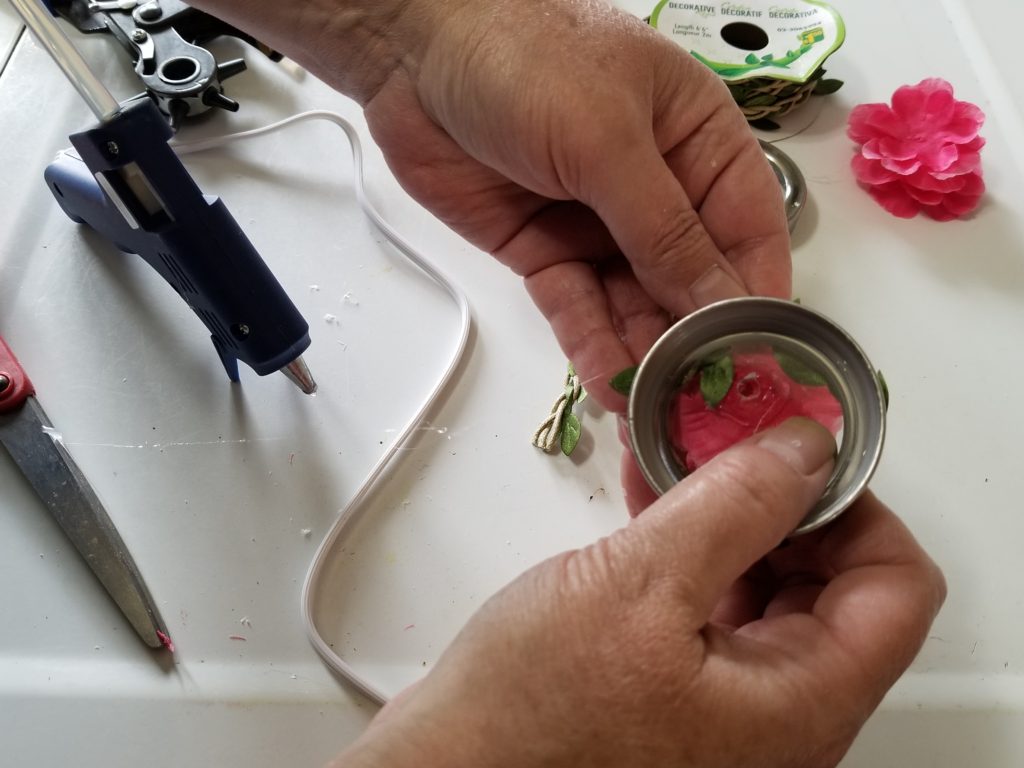
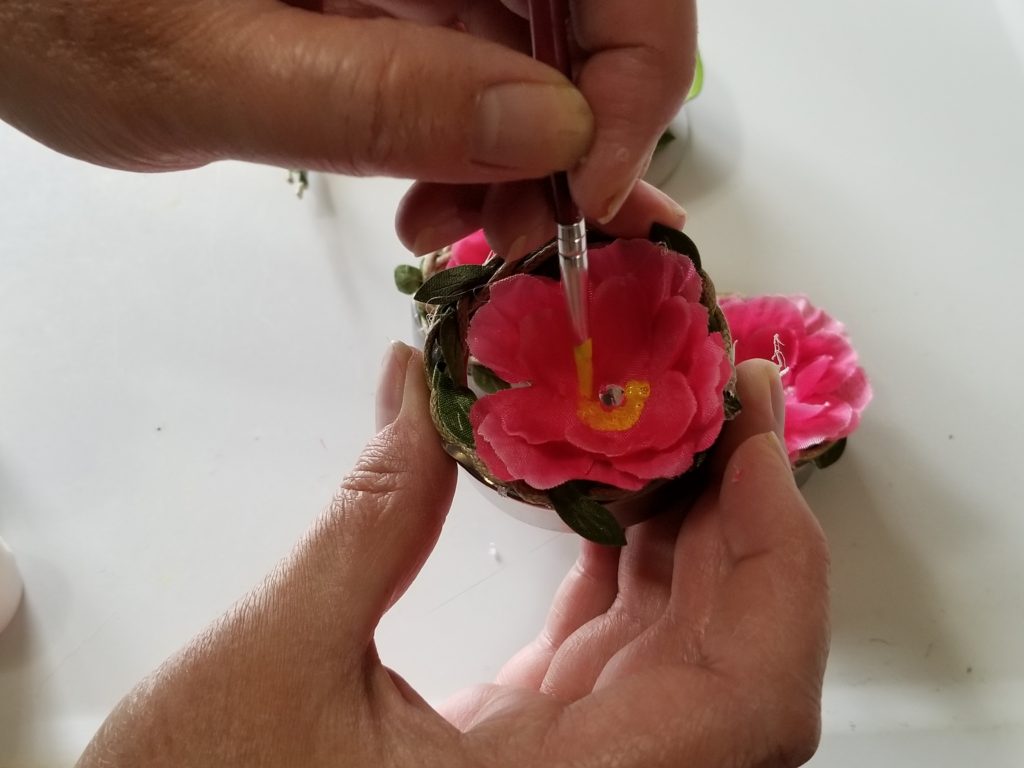
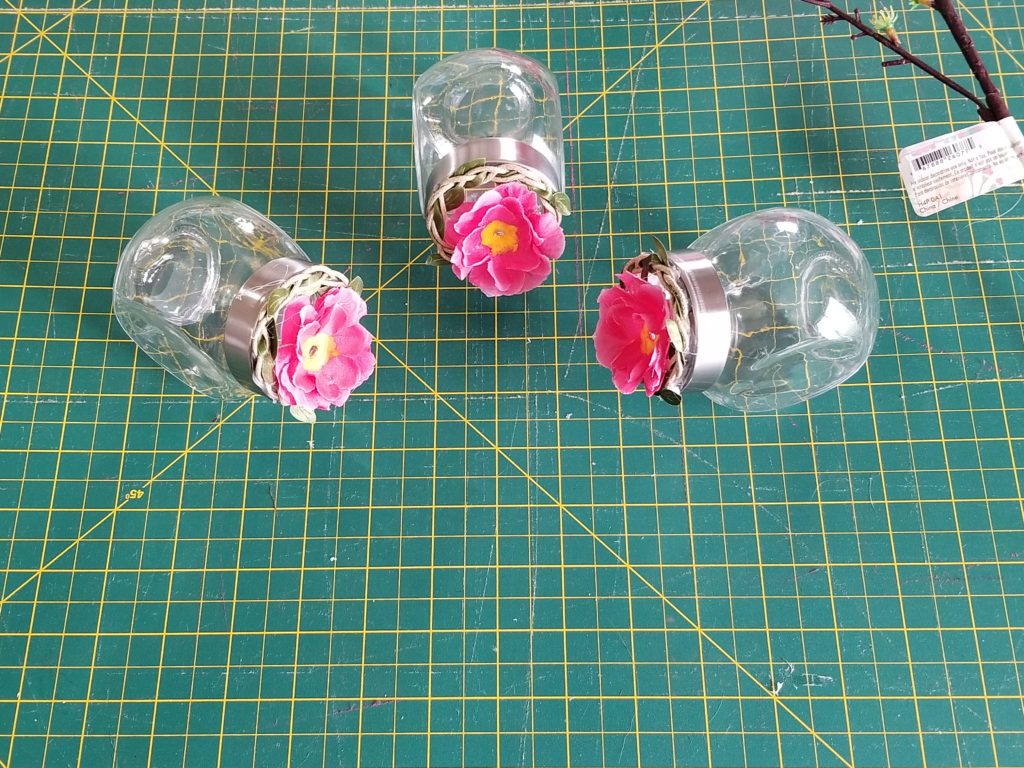
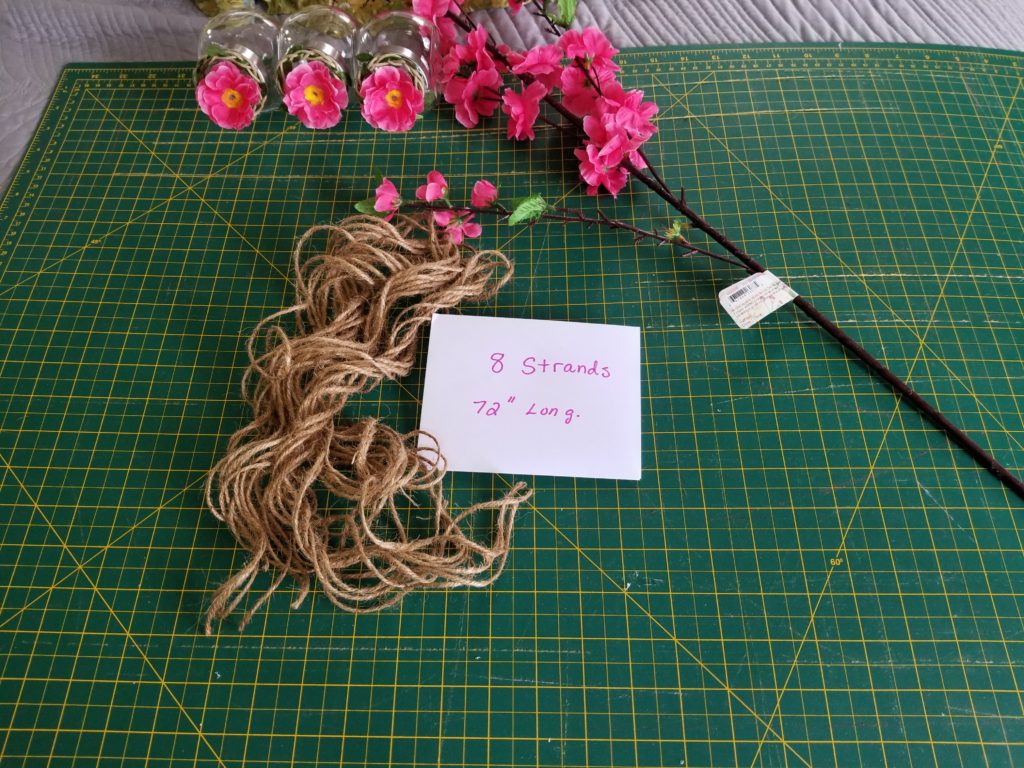
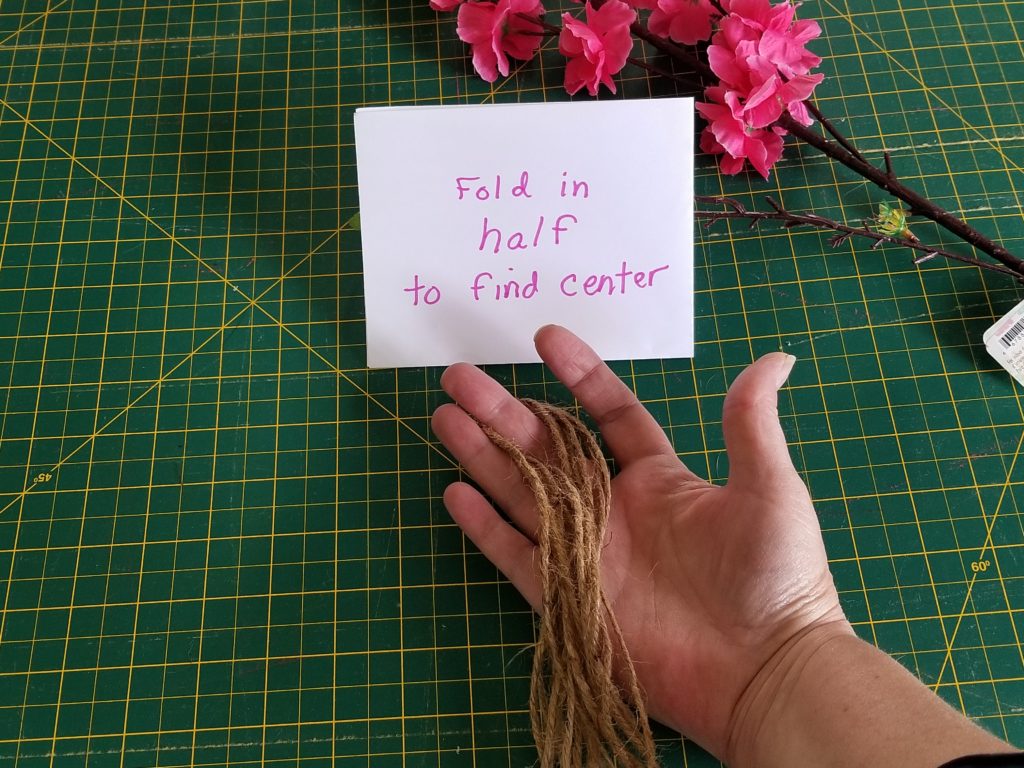
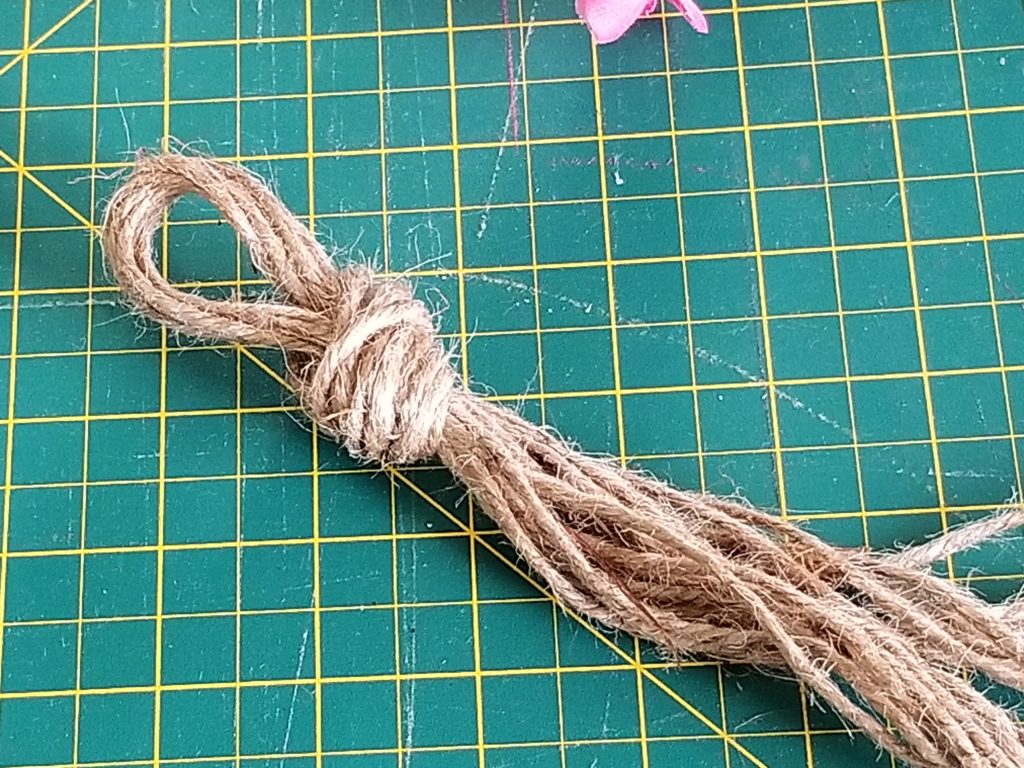
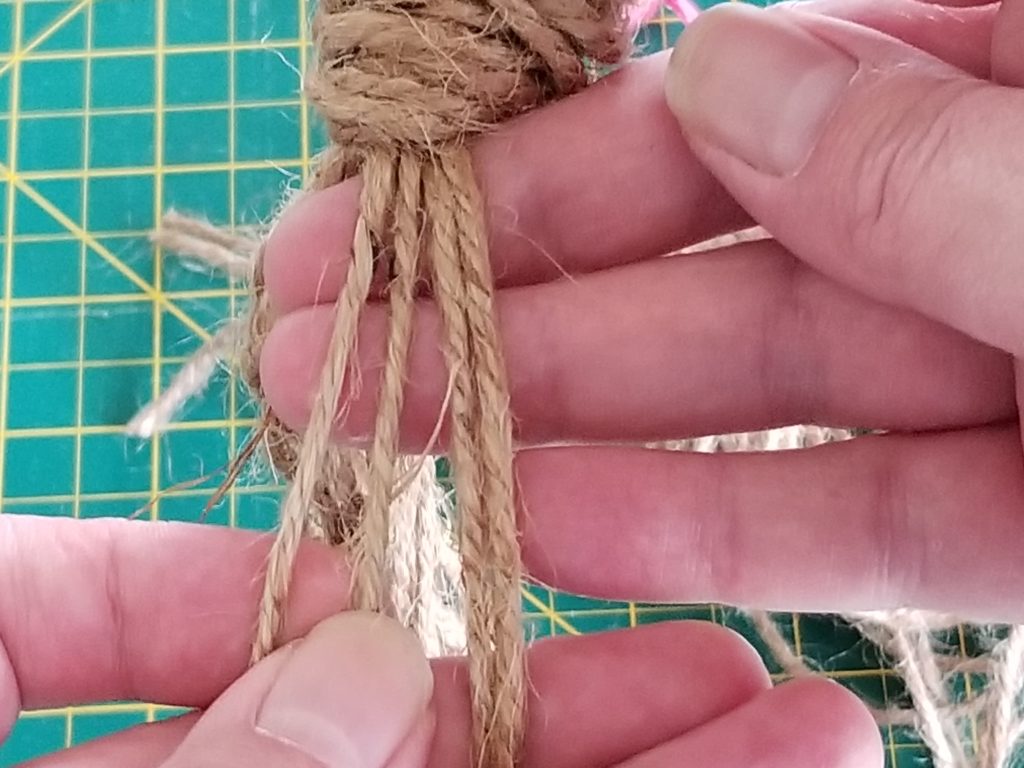
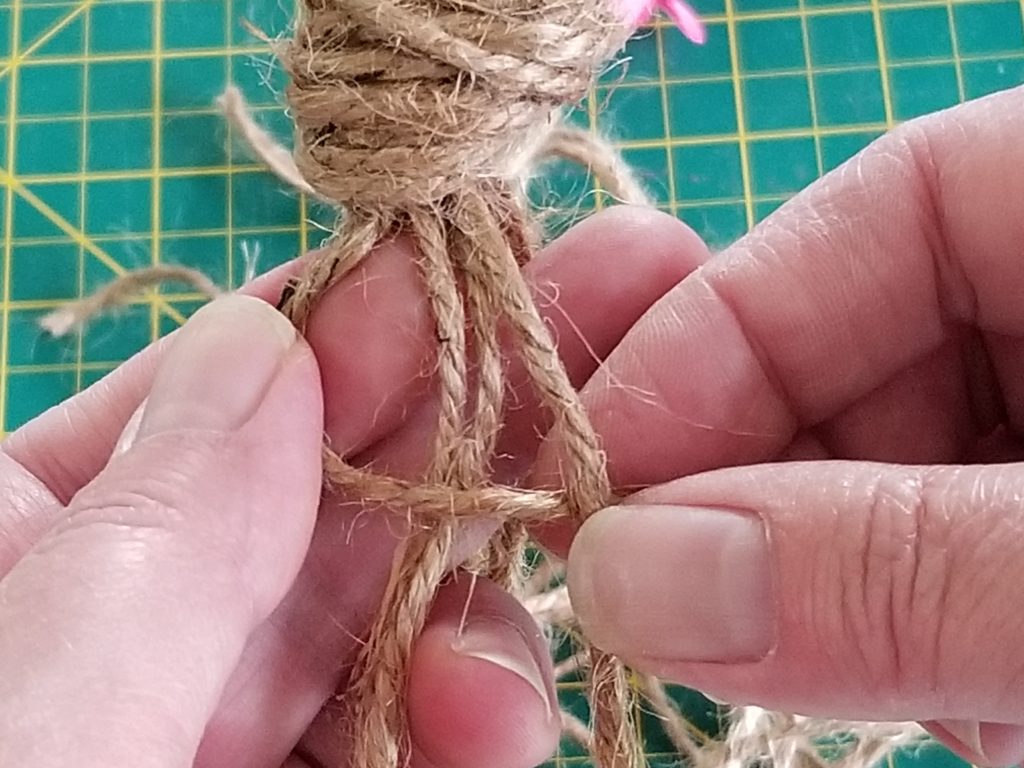
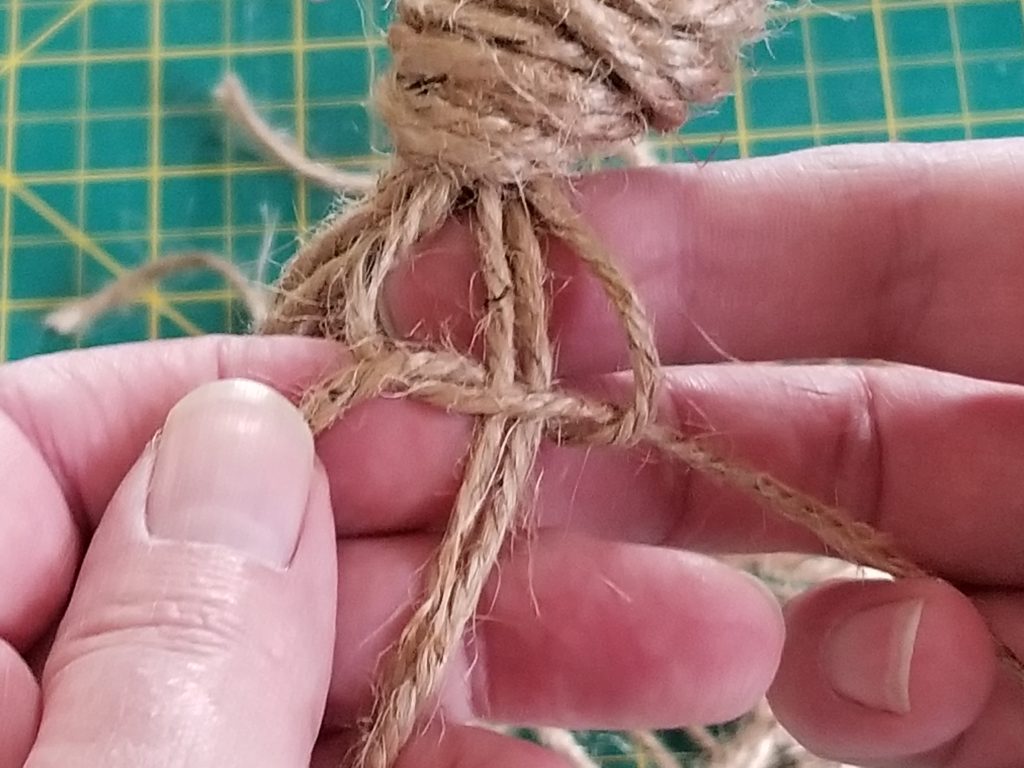
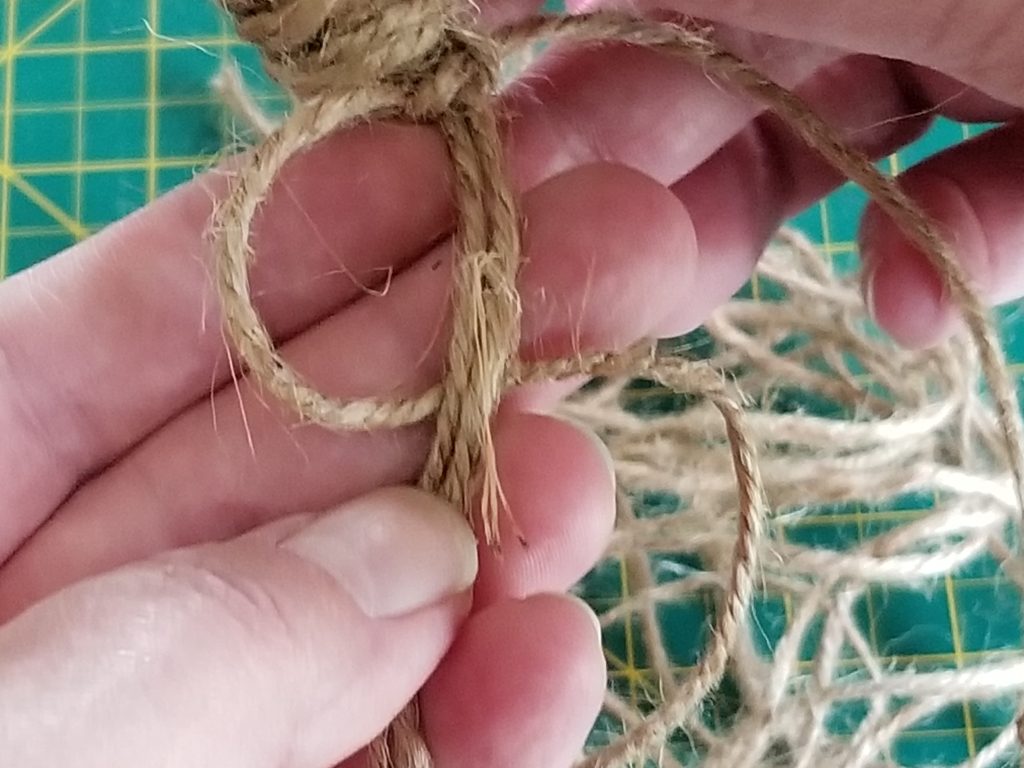
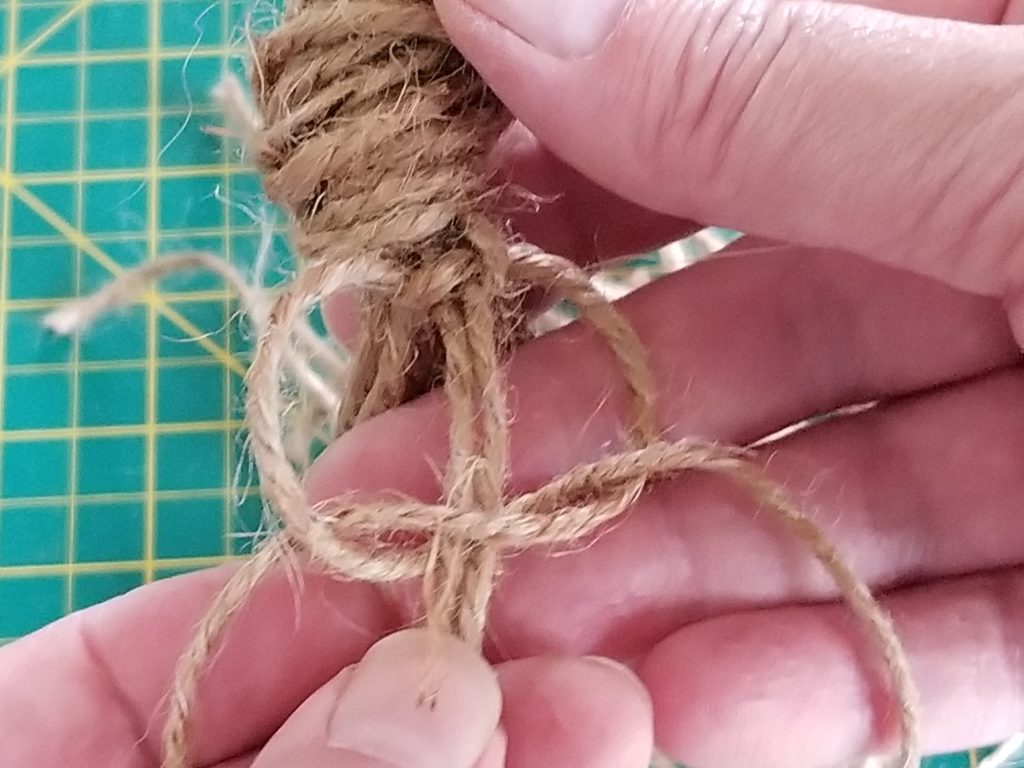
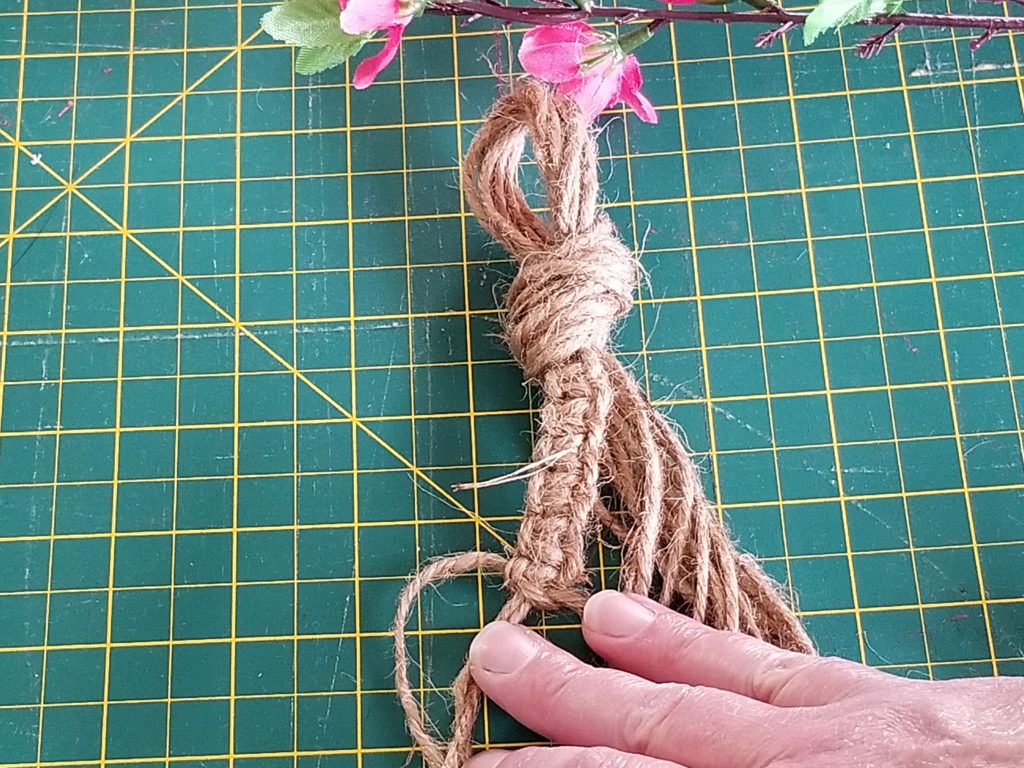
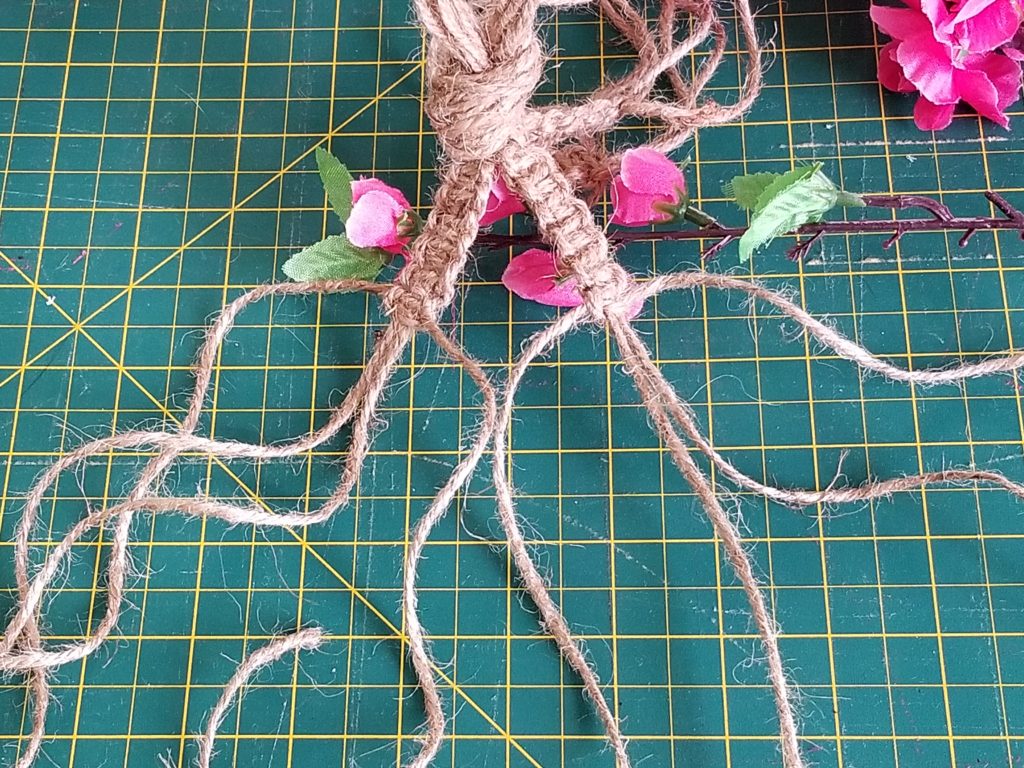
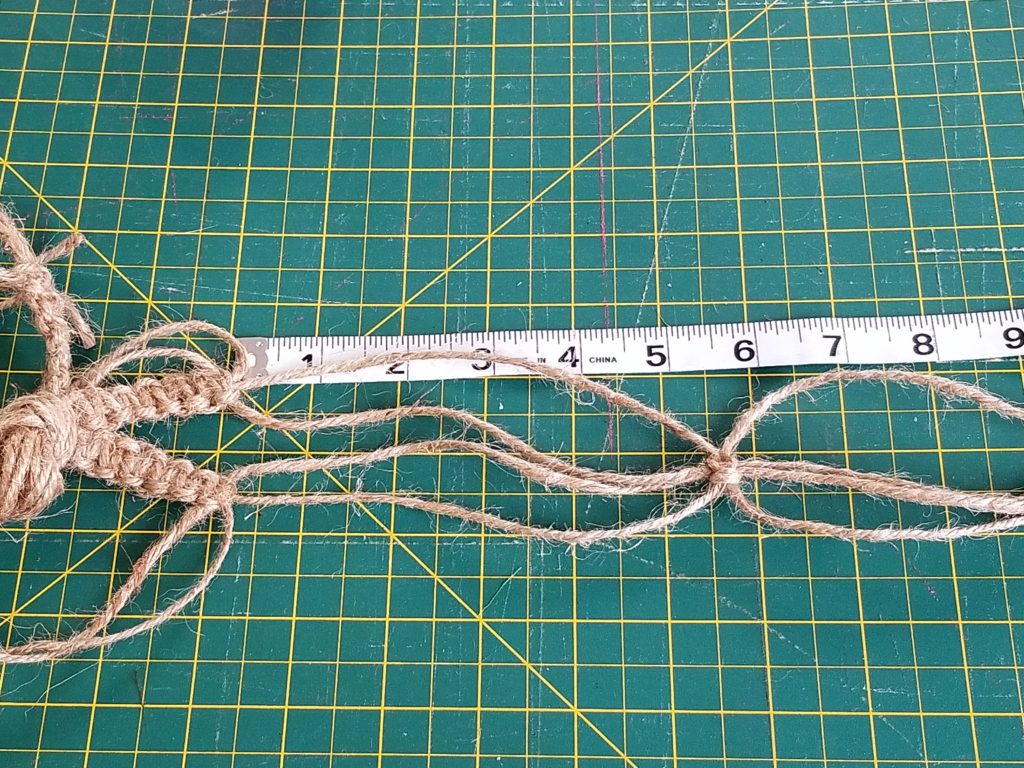
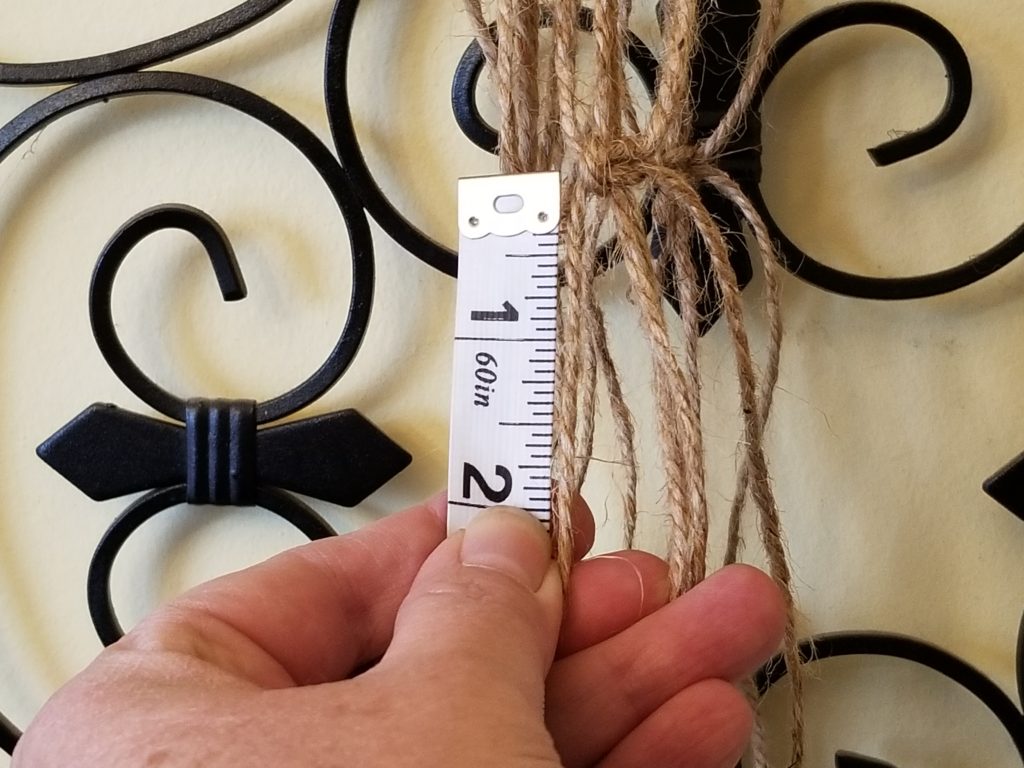
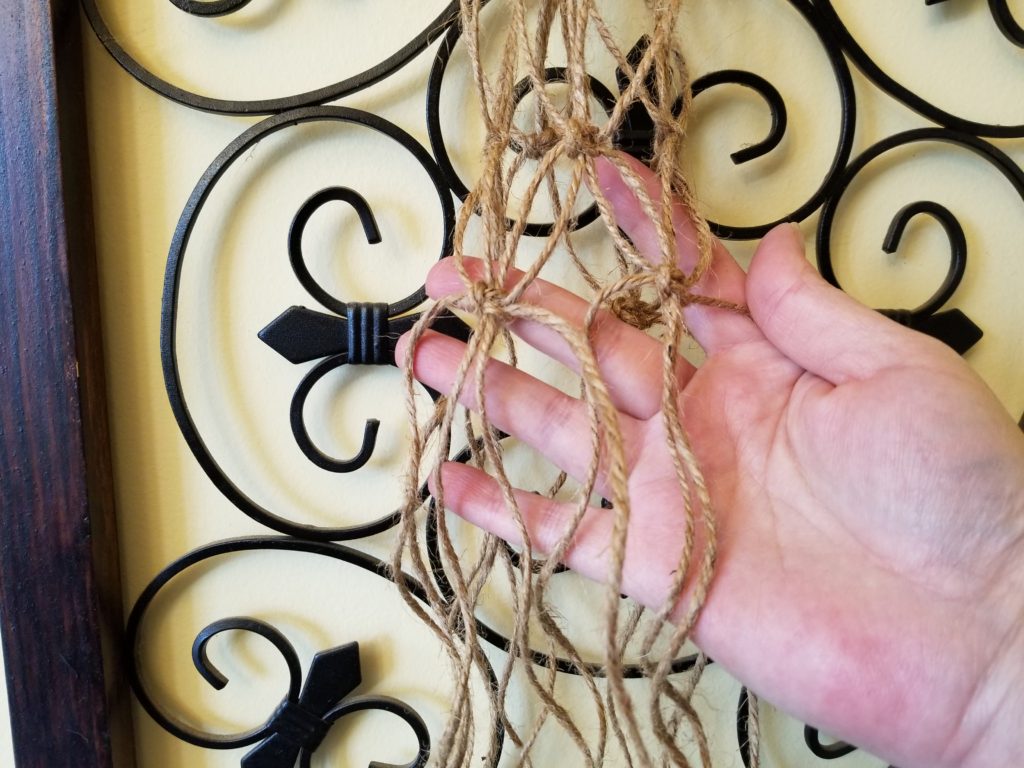
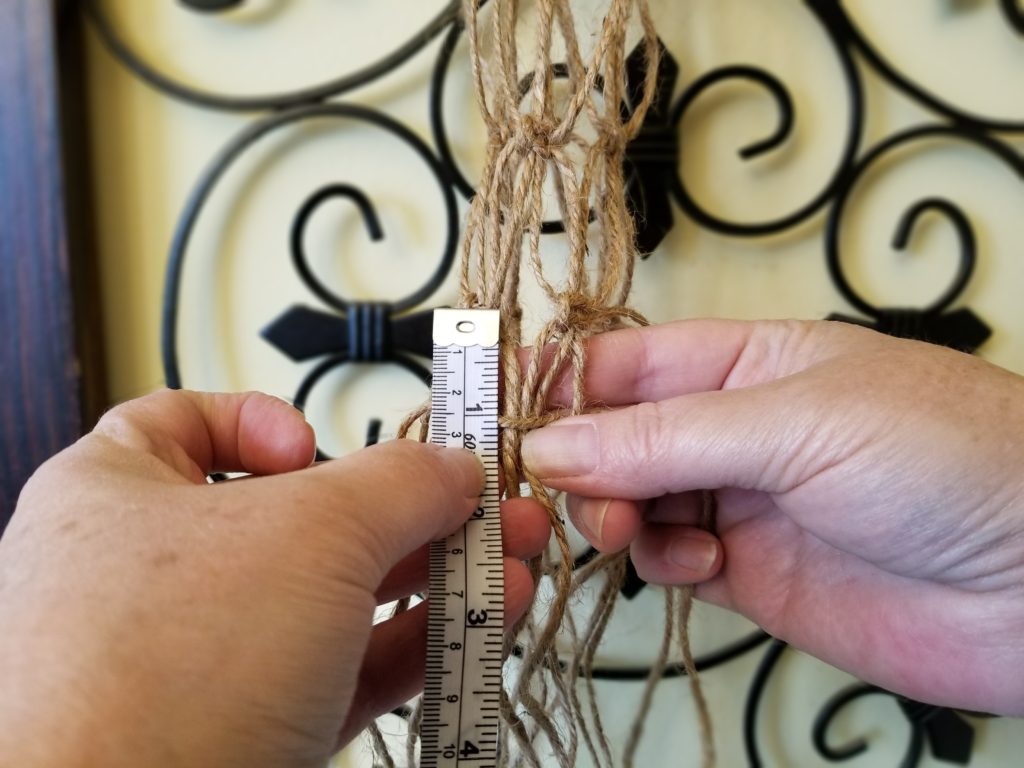
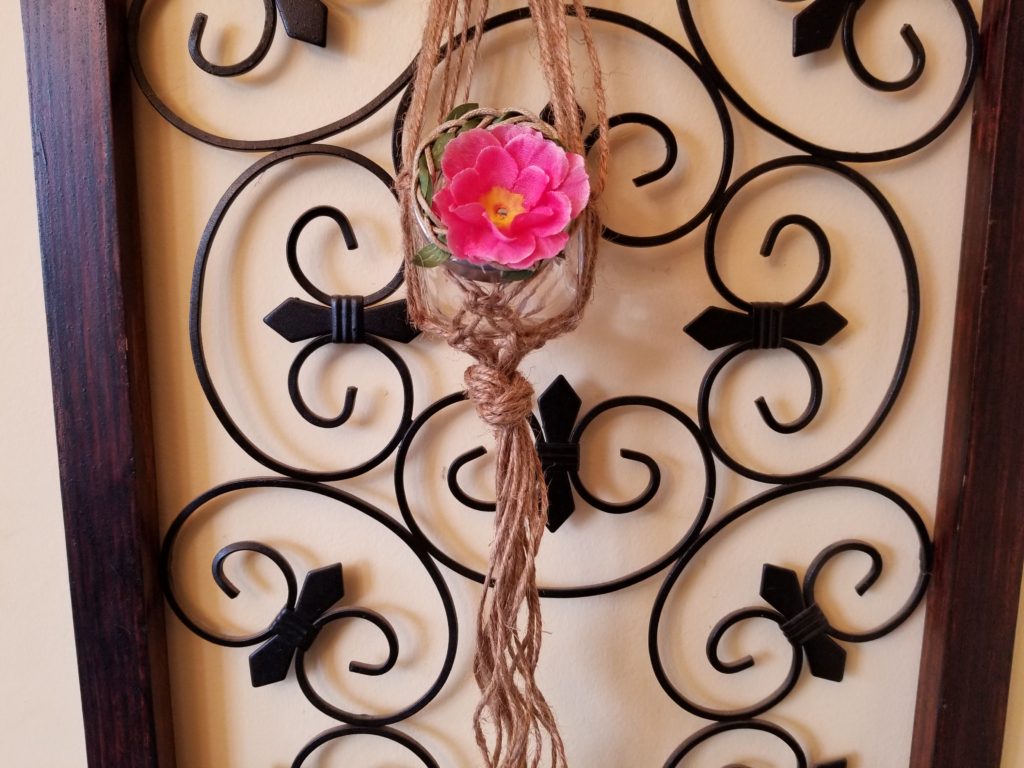
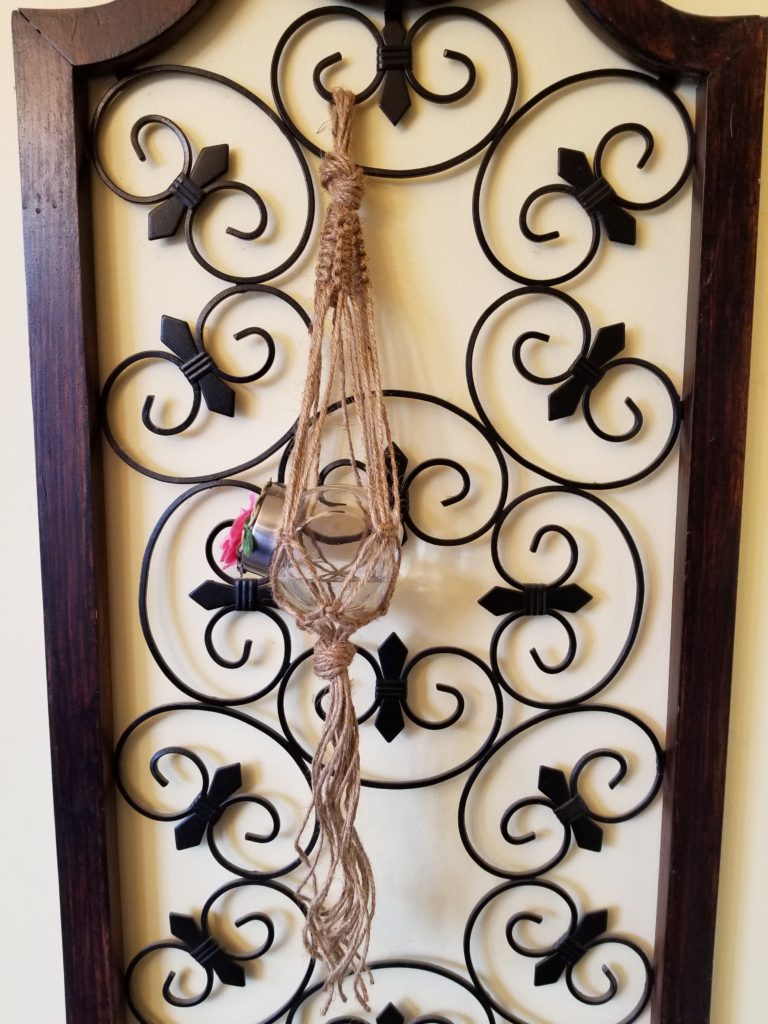
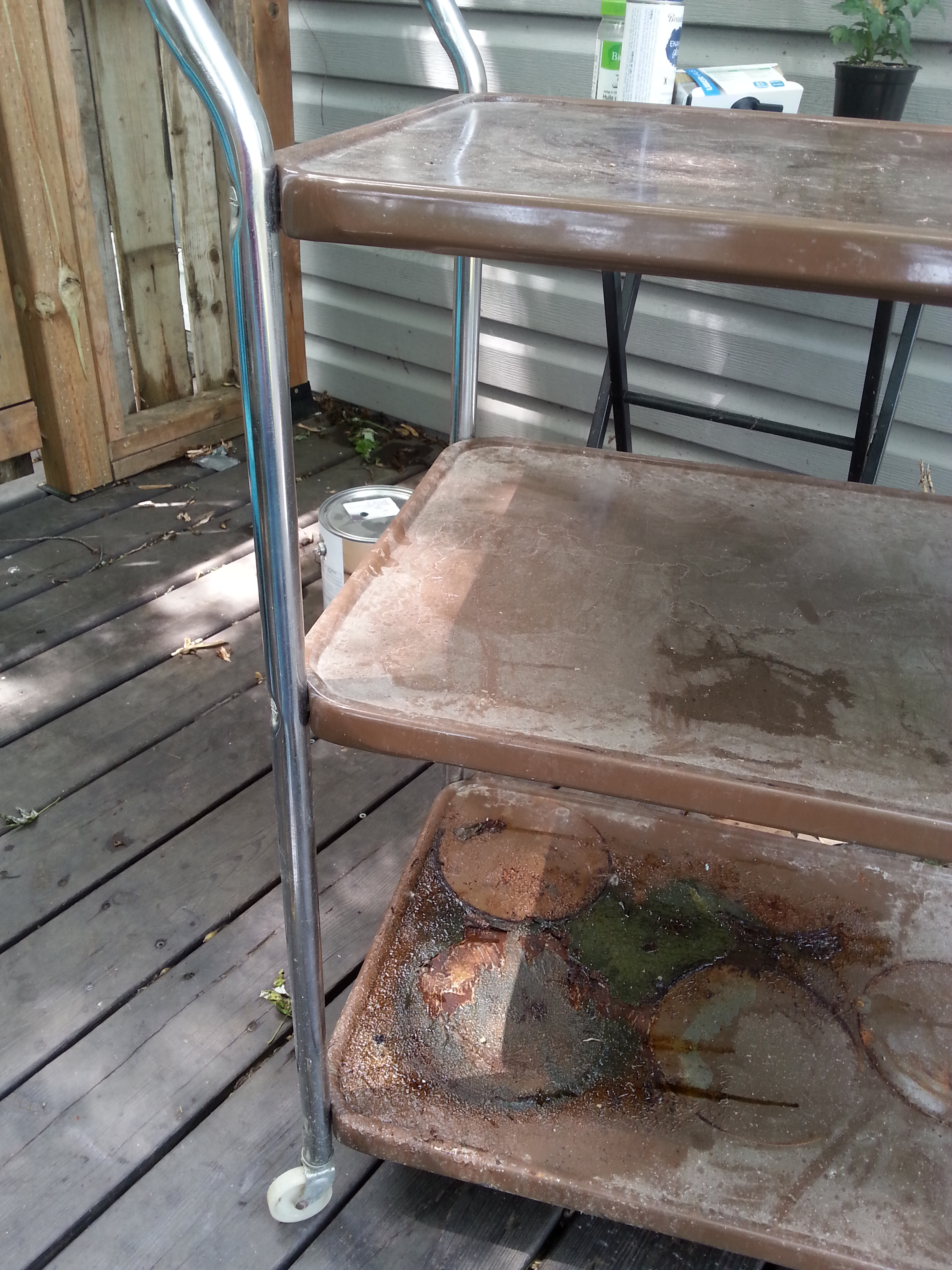
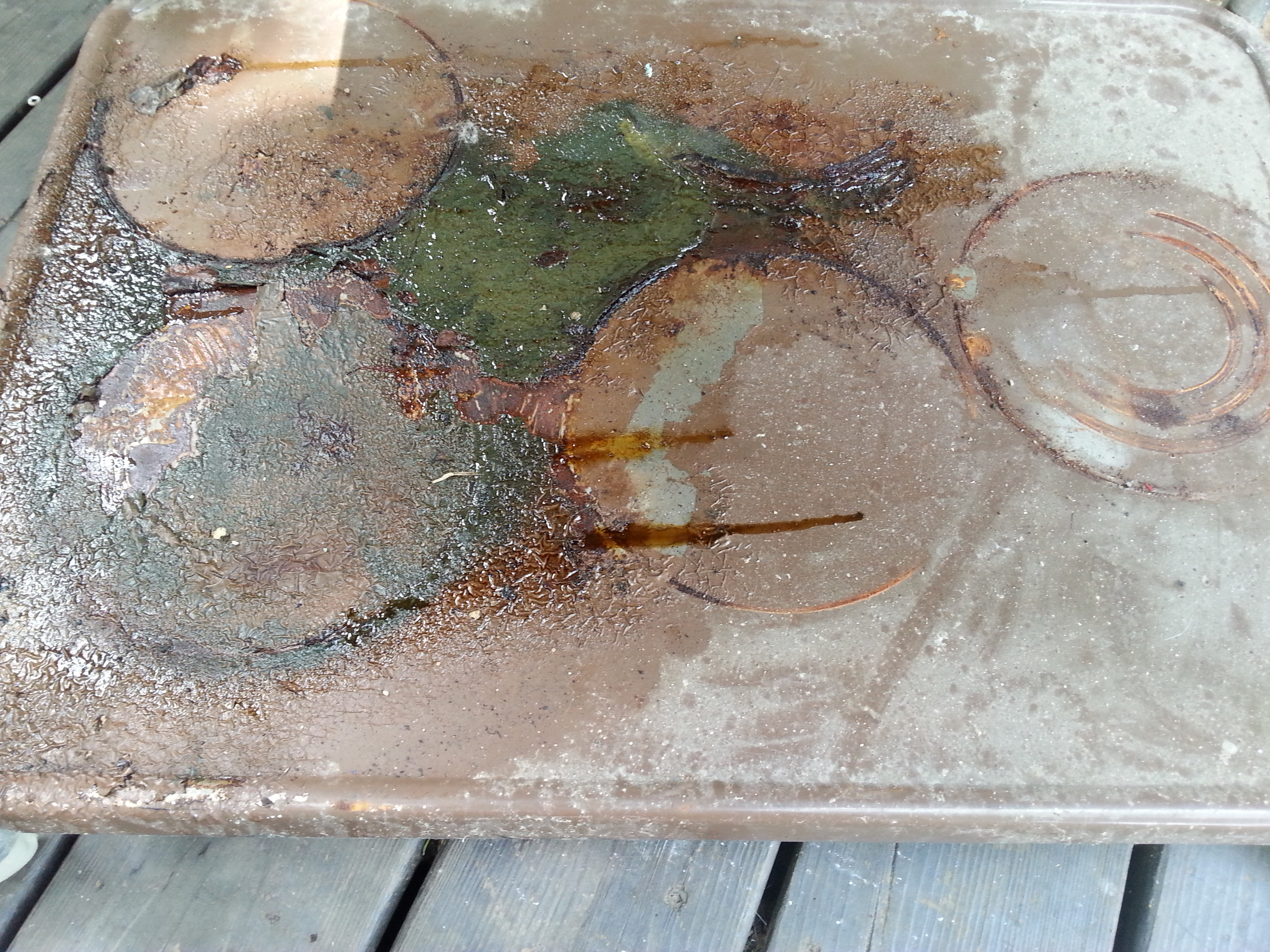
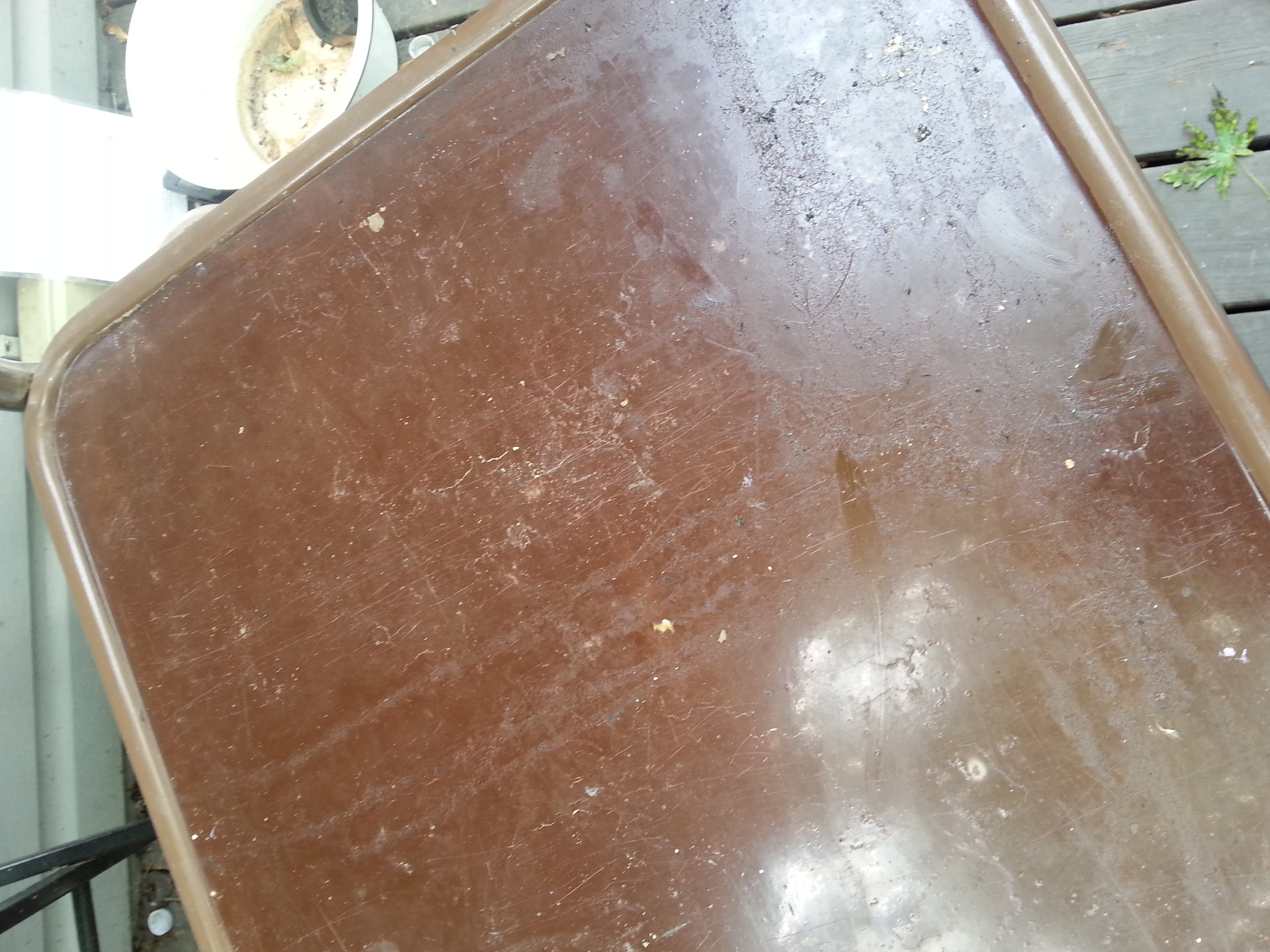
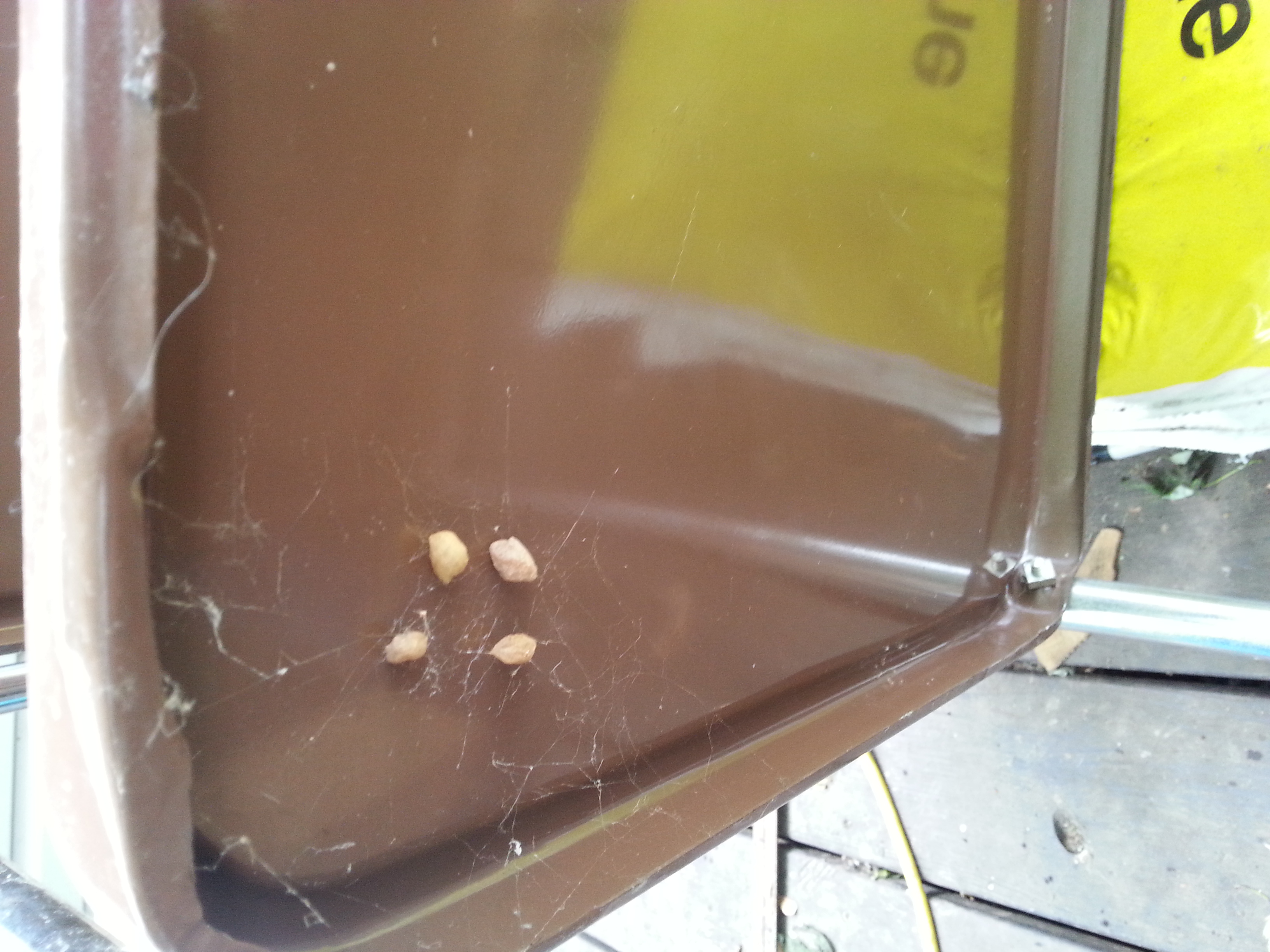
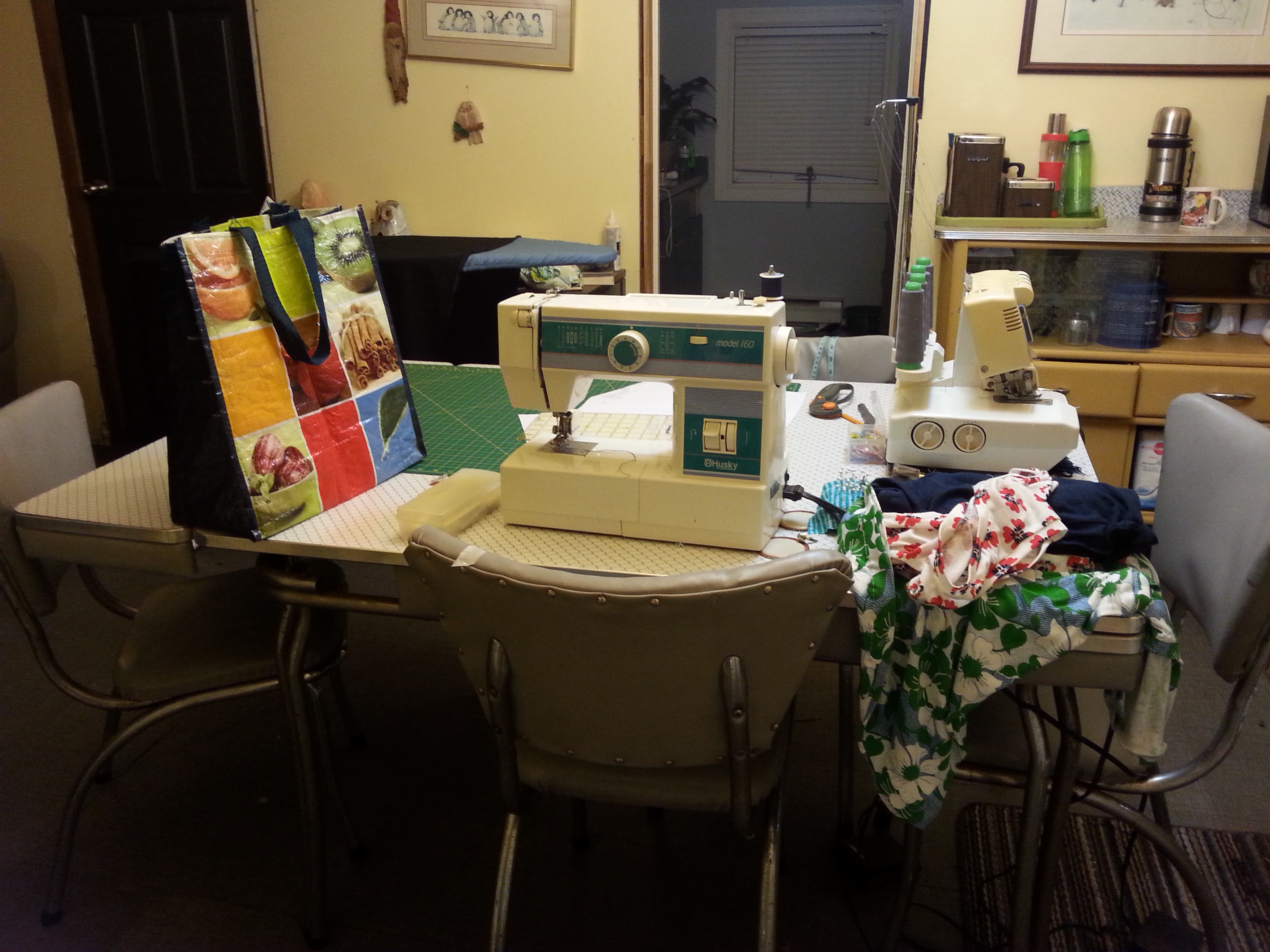 Then I started sewing again, and after 2 weeks of my sewing living in my kitchen, I decided it was time to move it out of shared living spaces and set up a dedicated area.
Then I started sewing again, and after 2 weeks of my sewing living in my kitchen, I decided it was time to move it out of shared living spaces and set up a dedicated area.